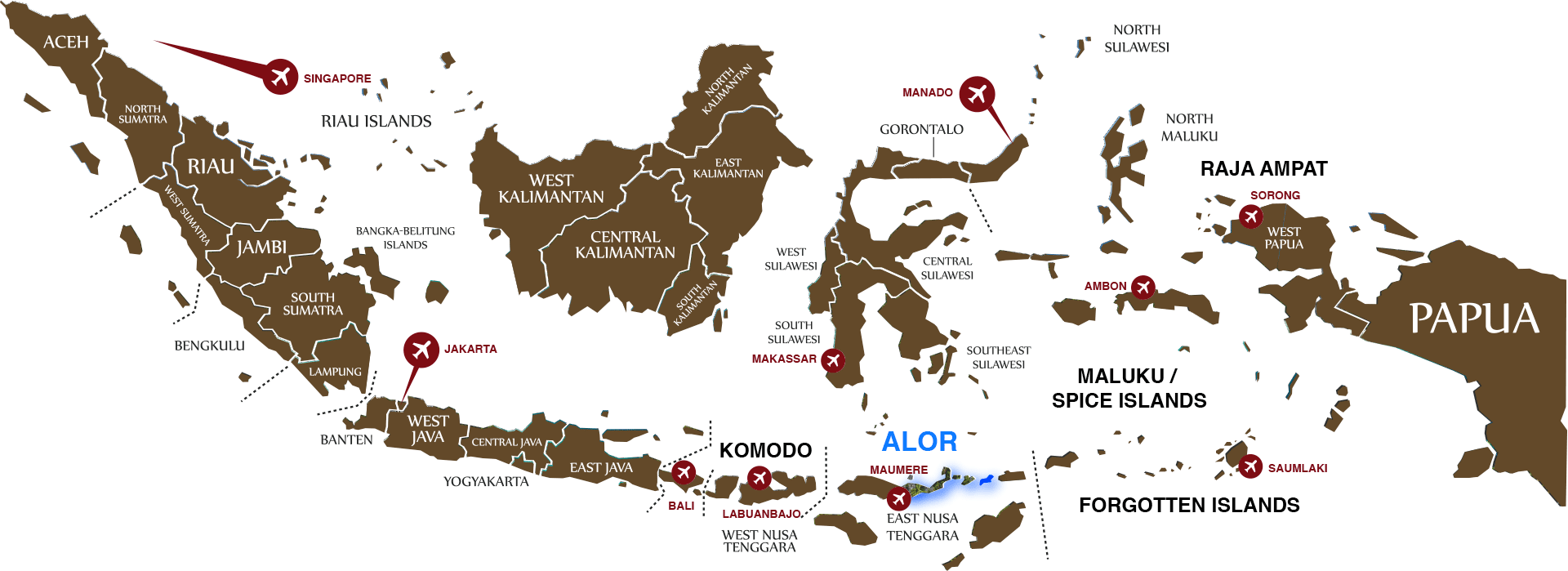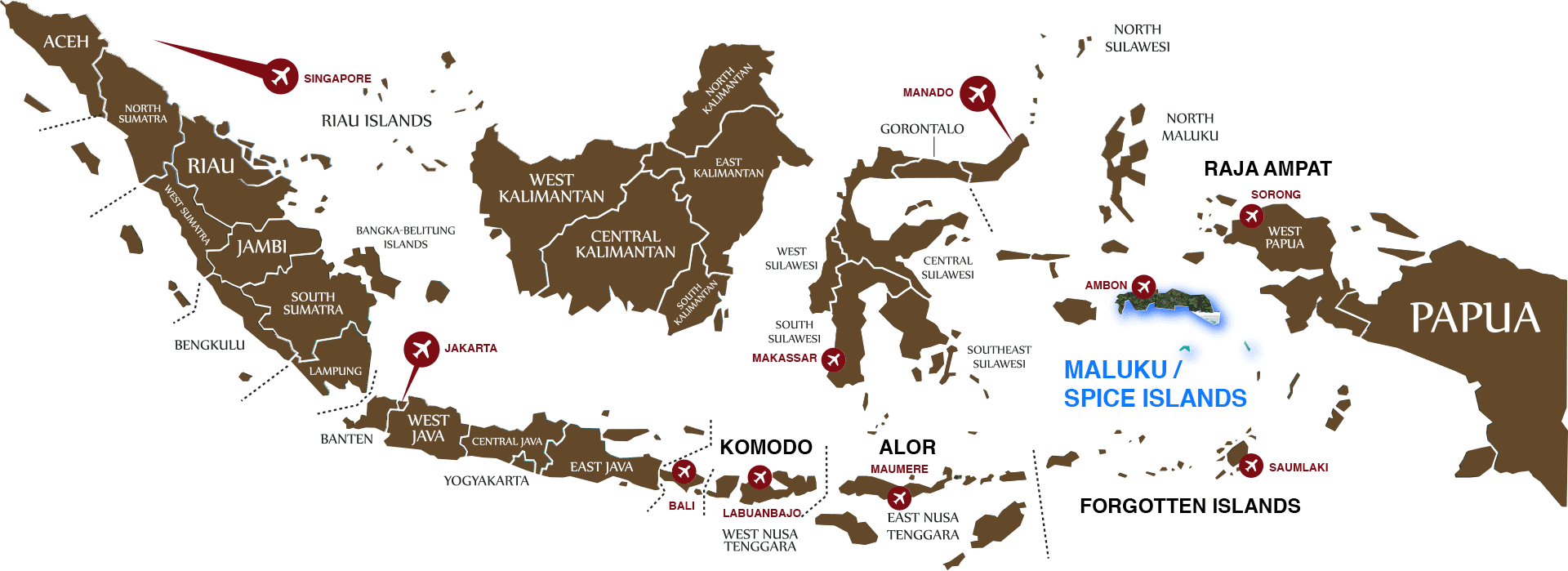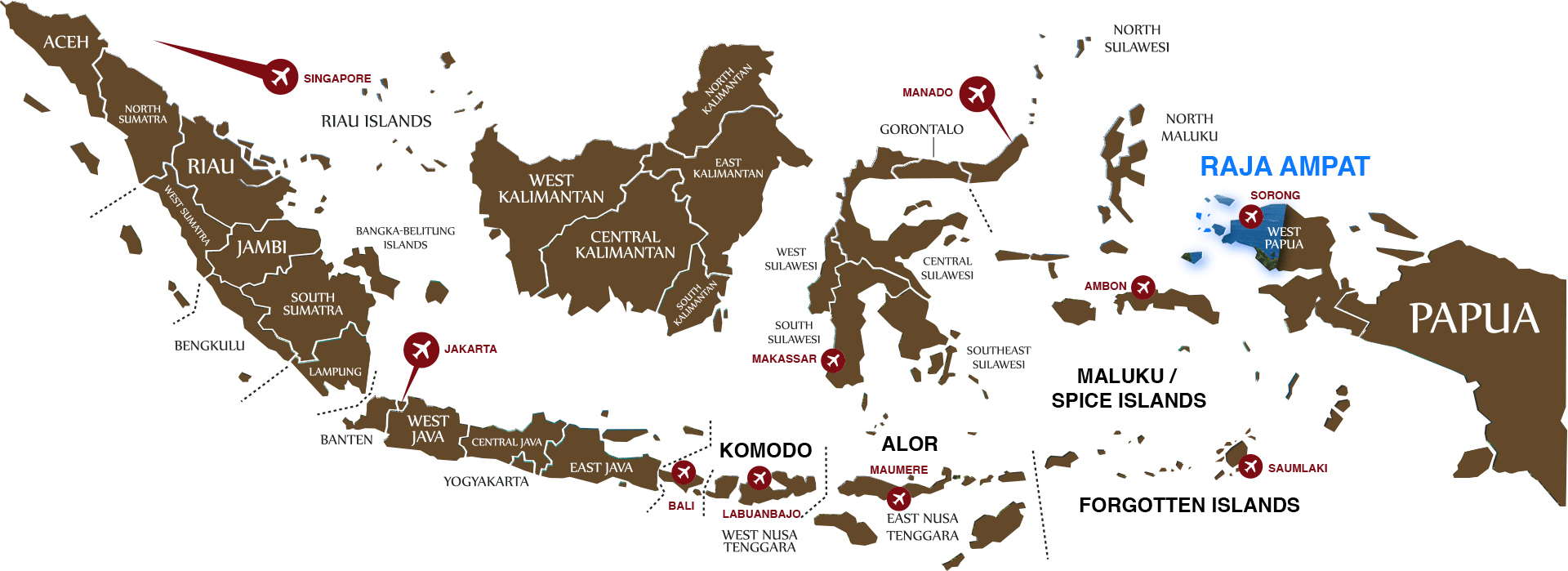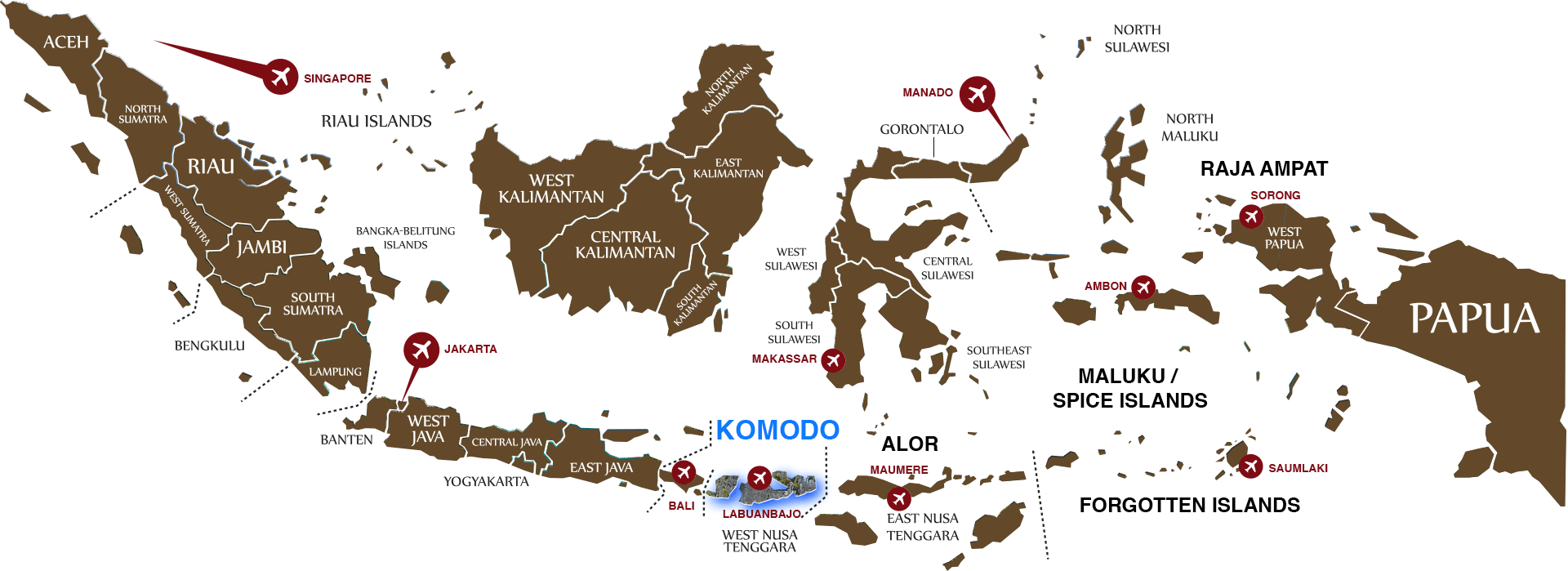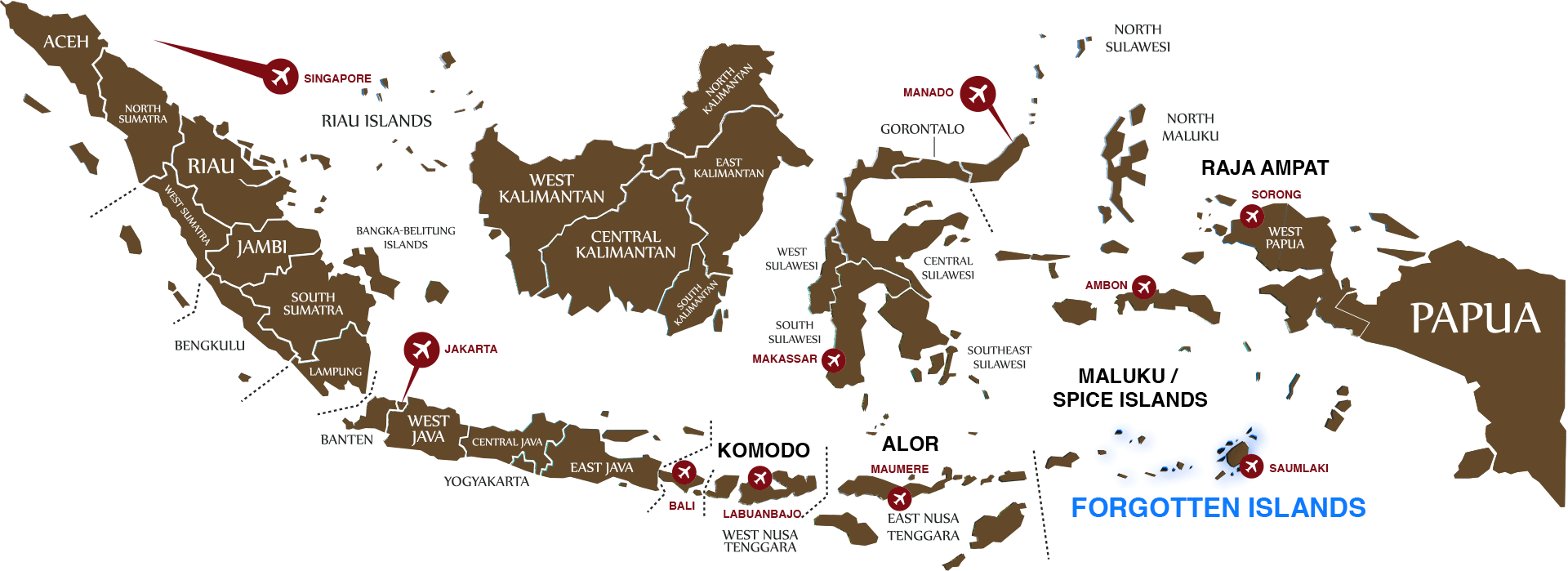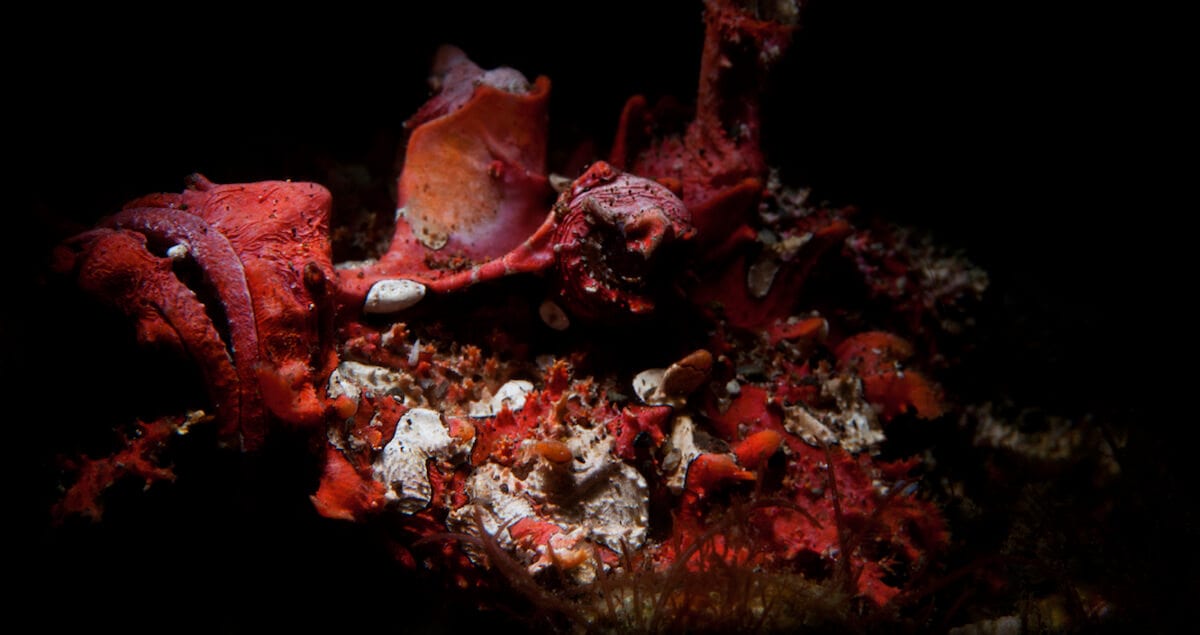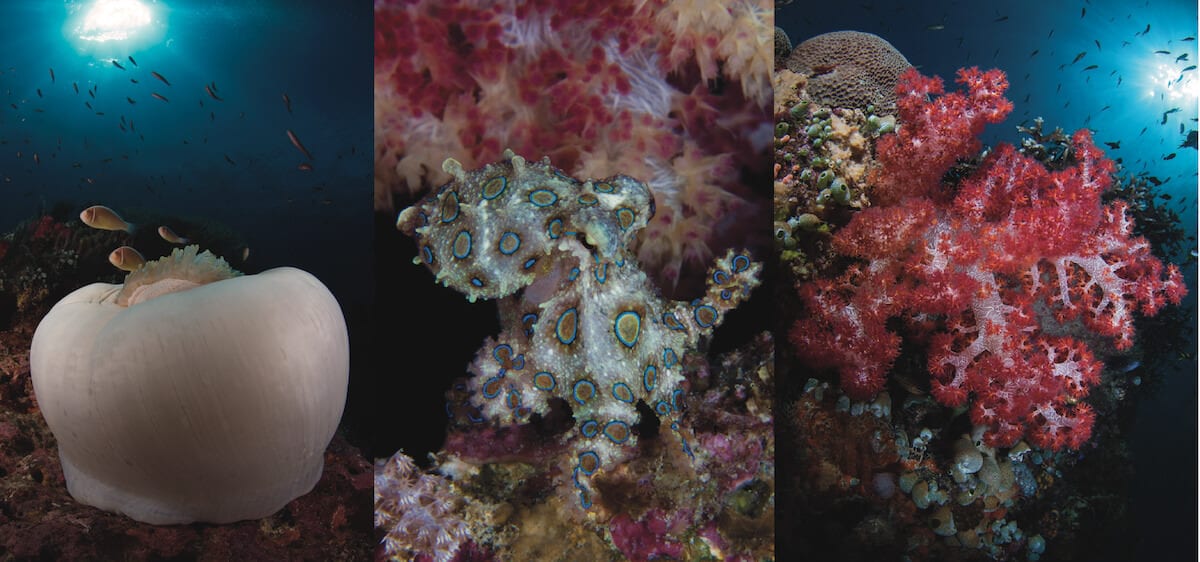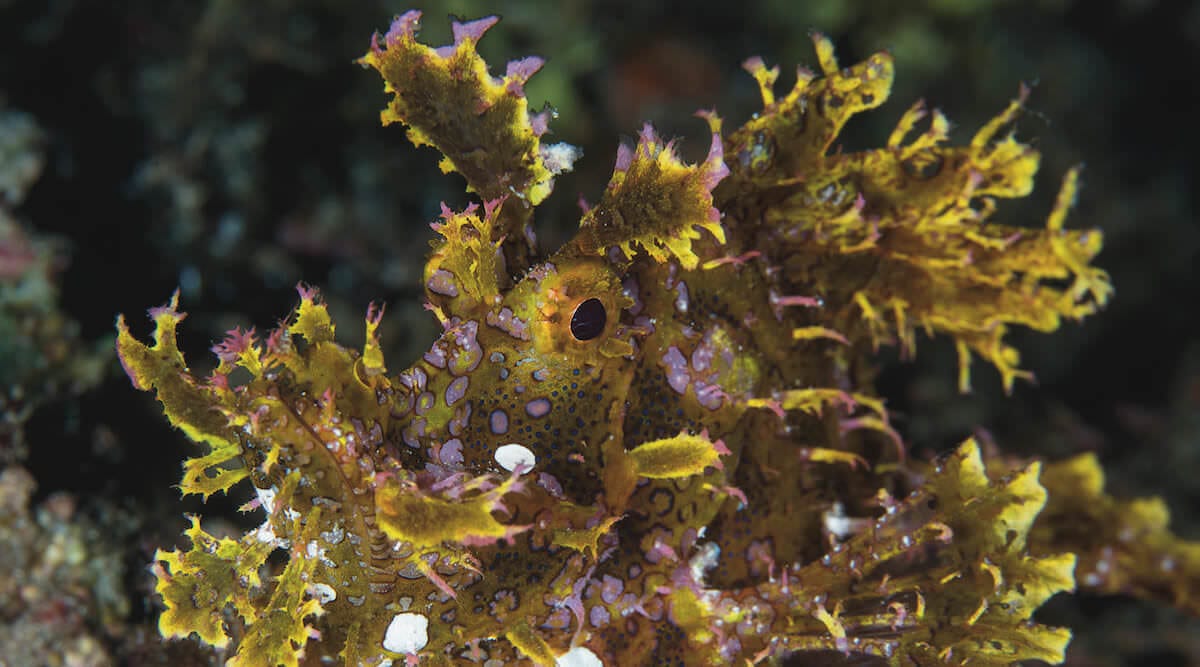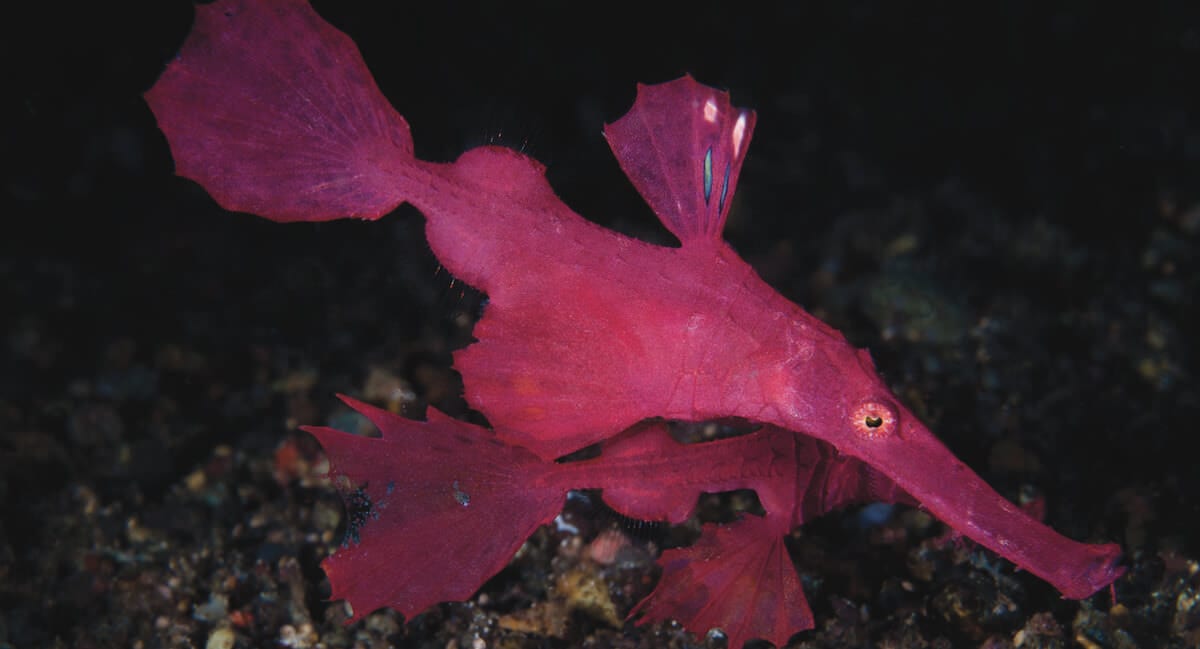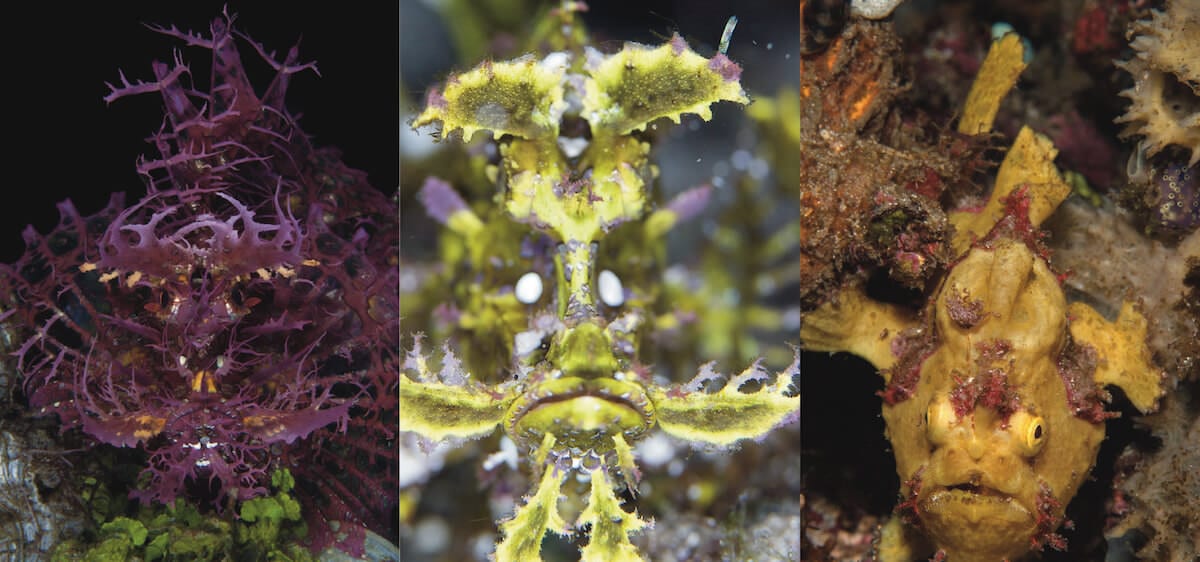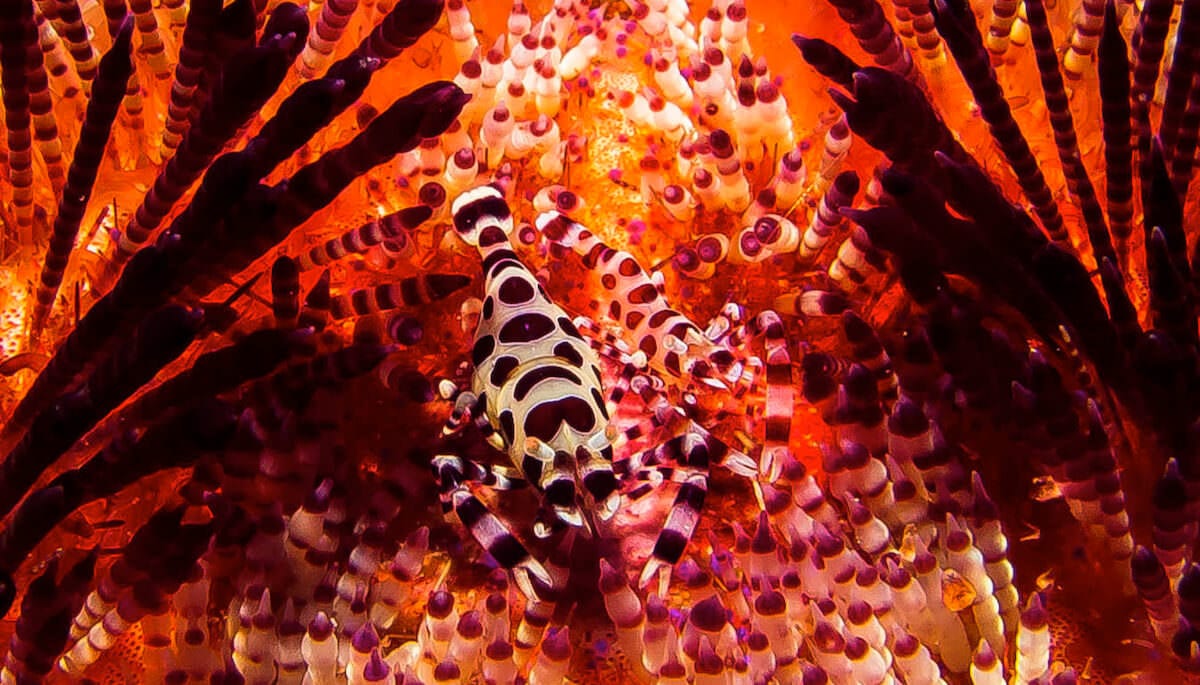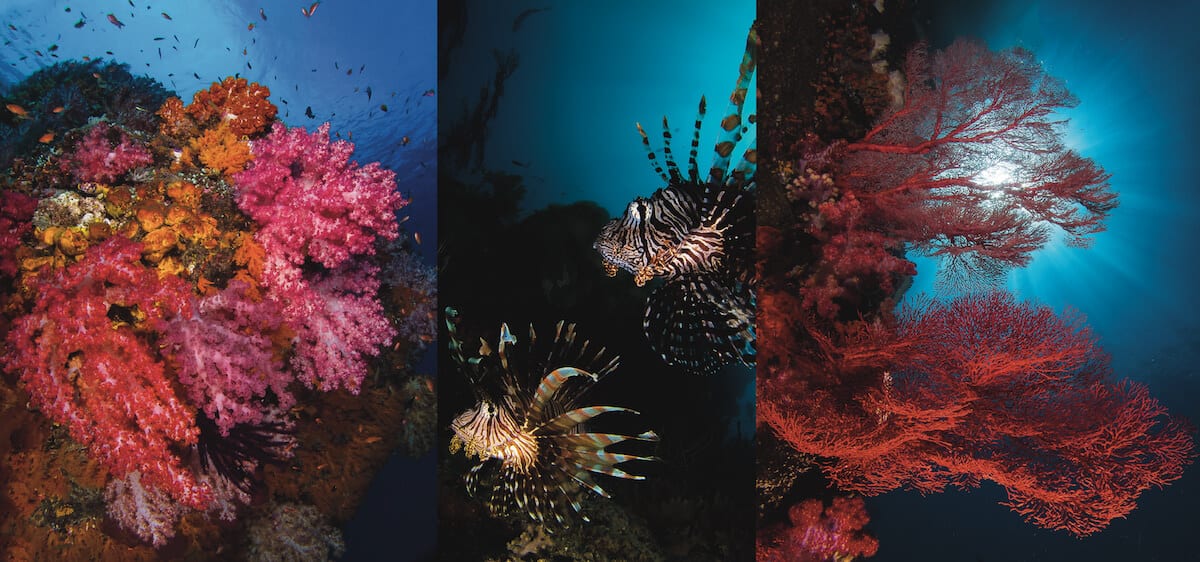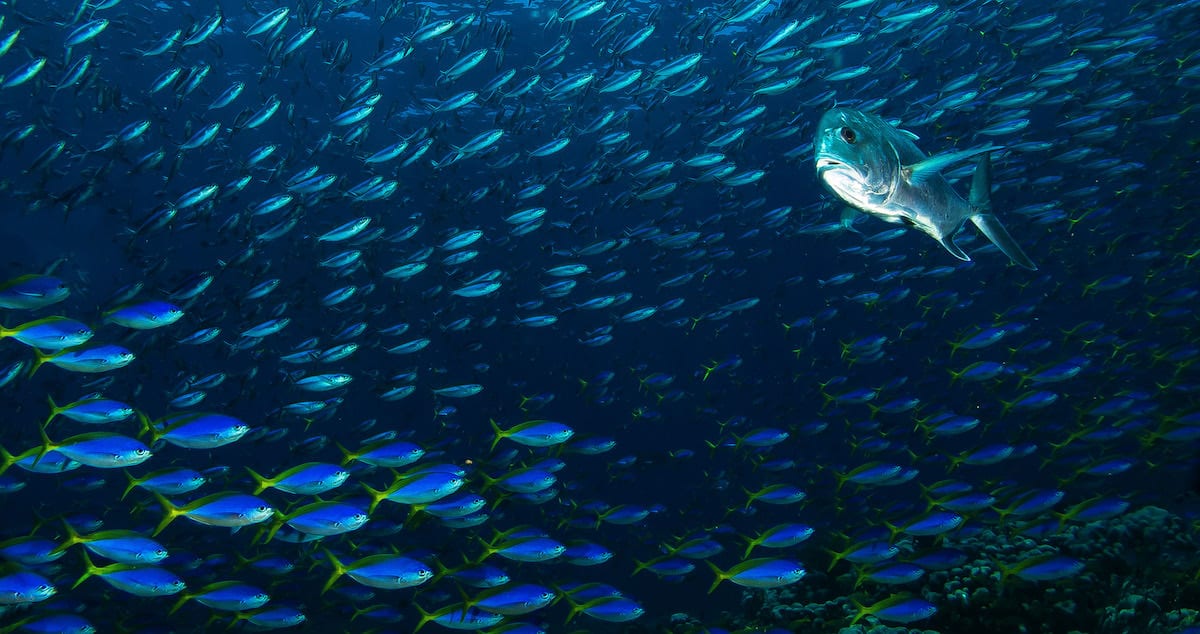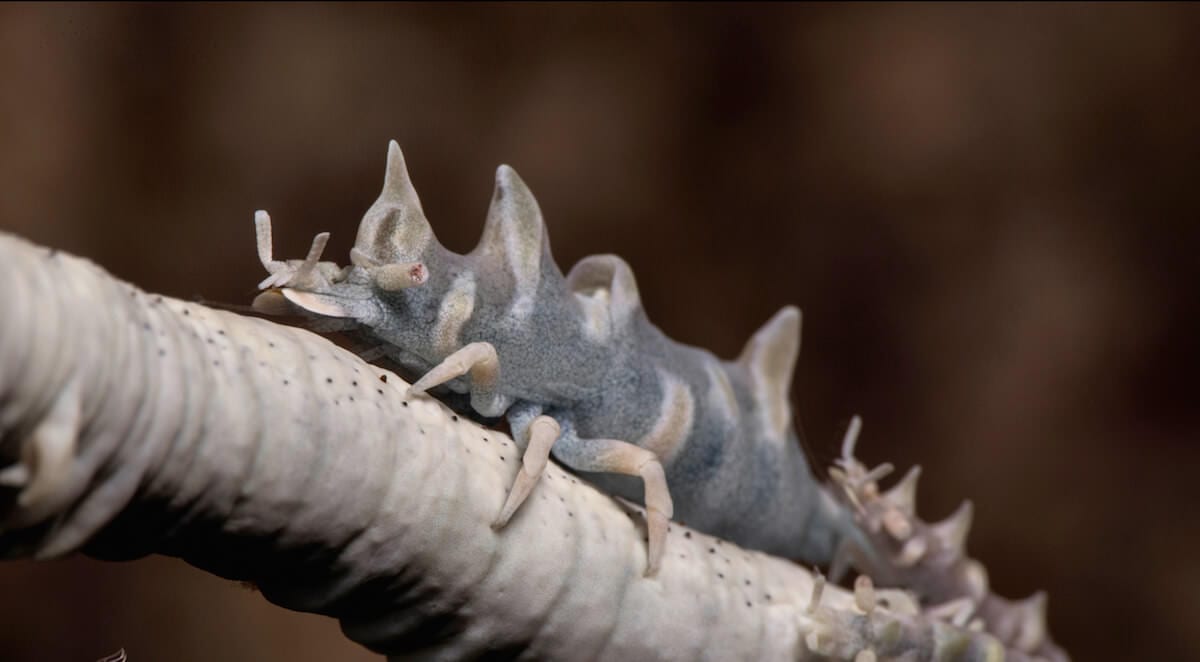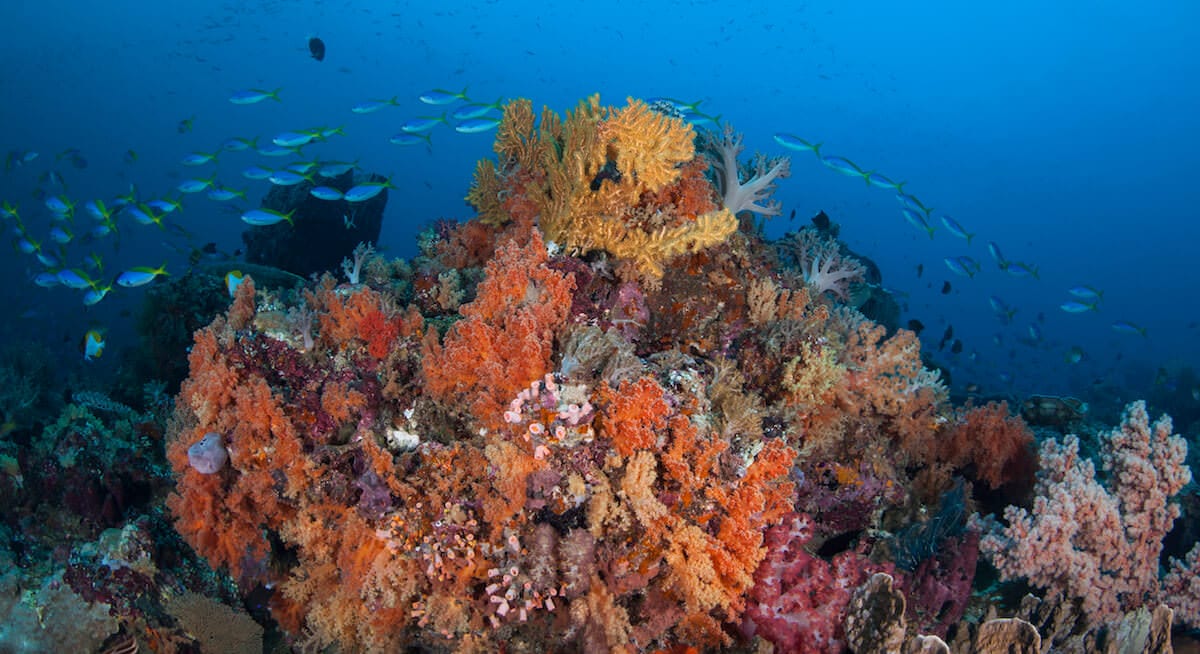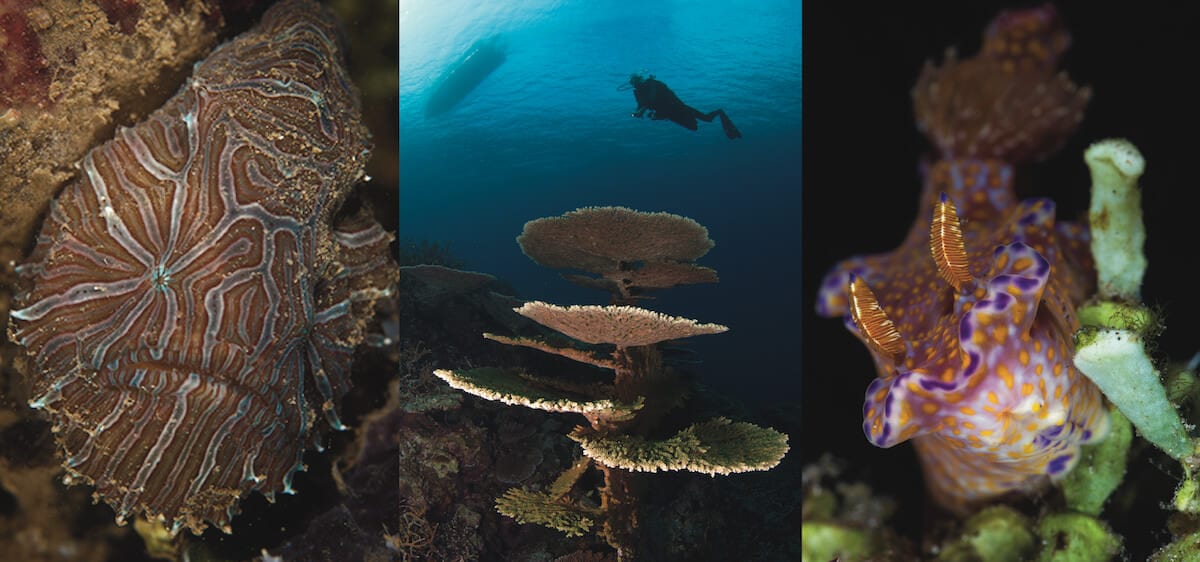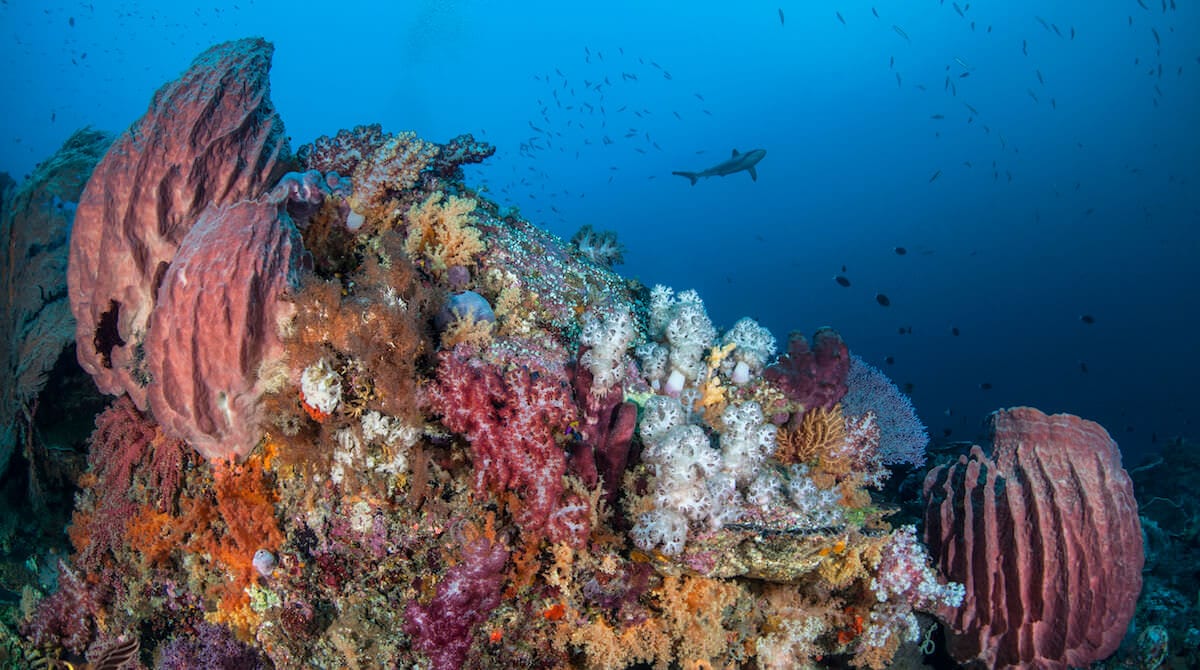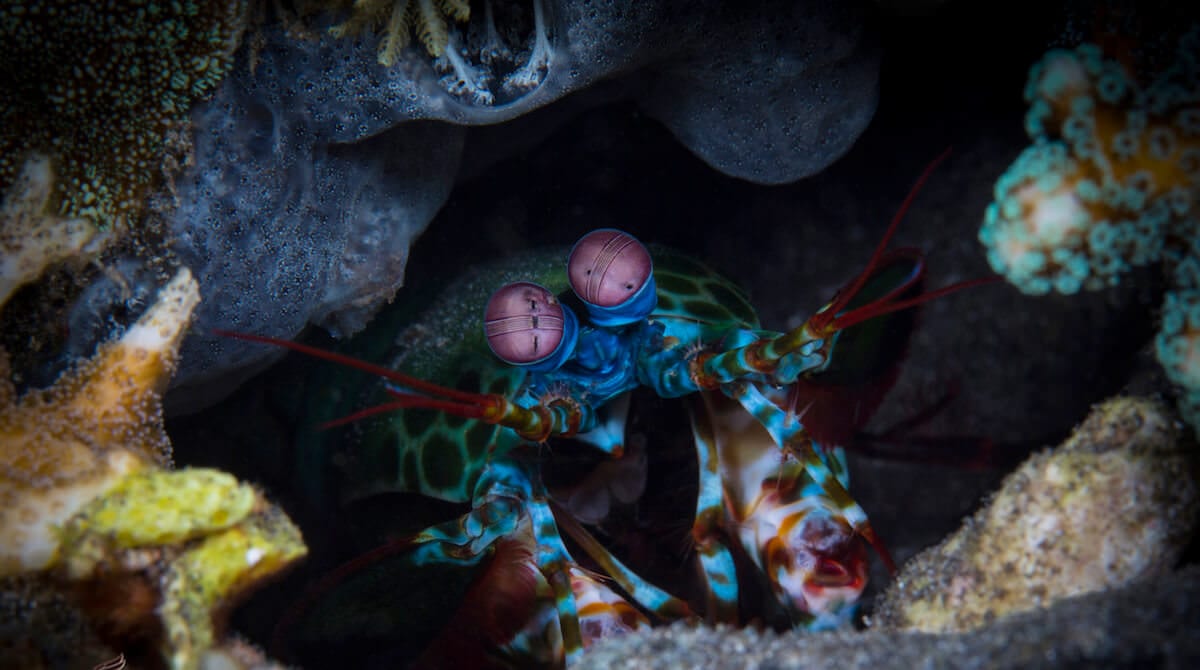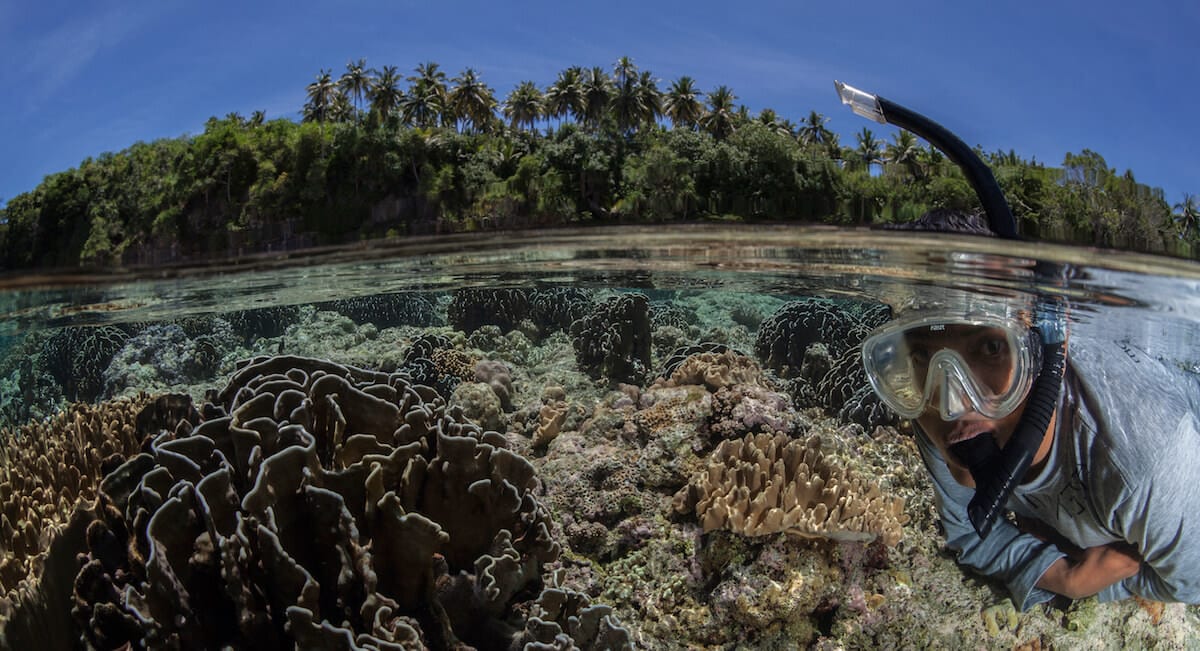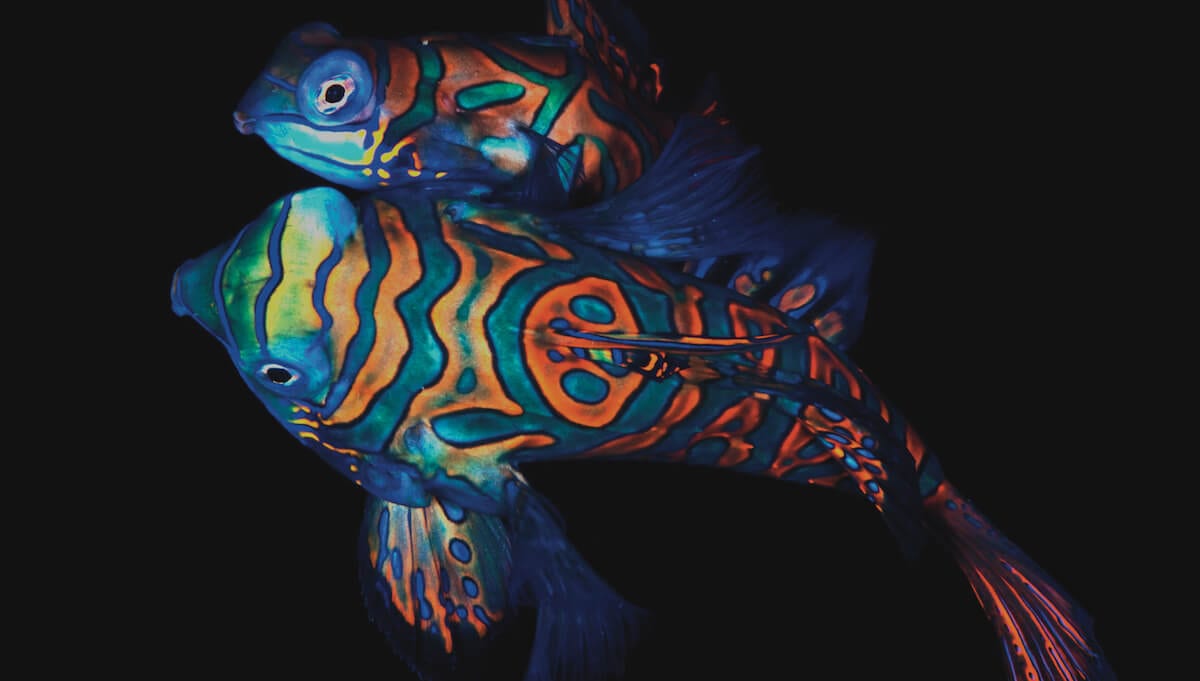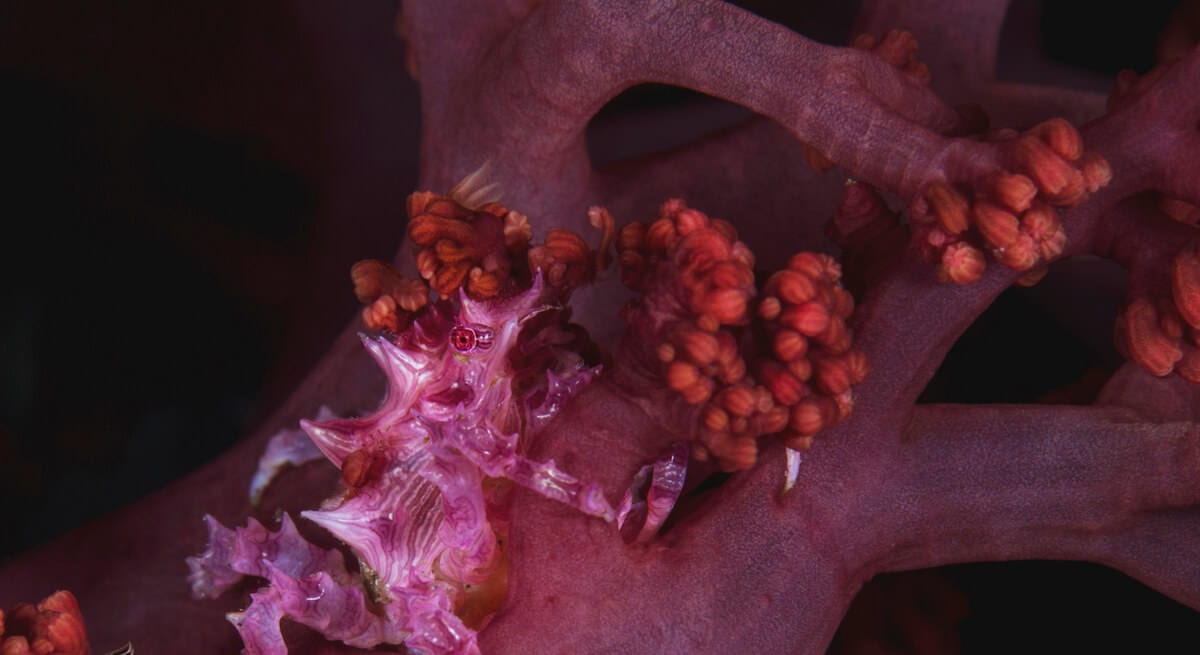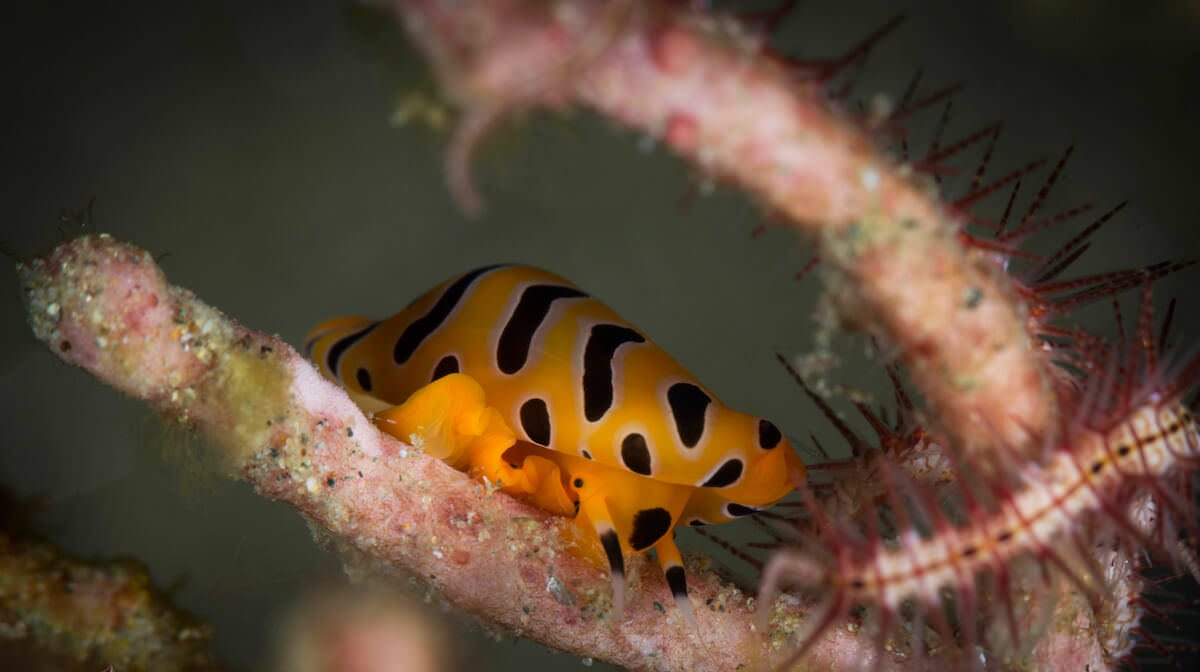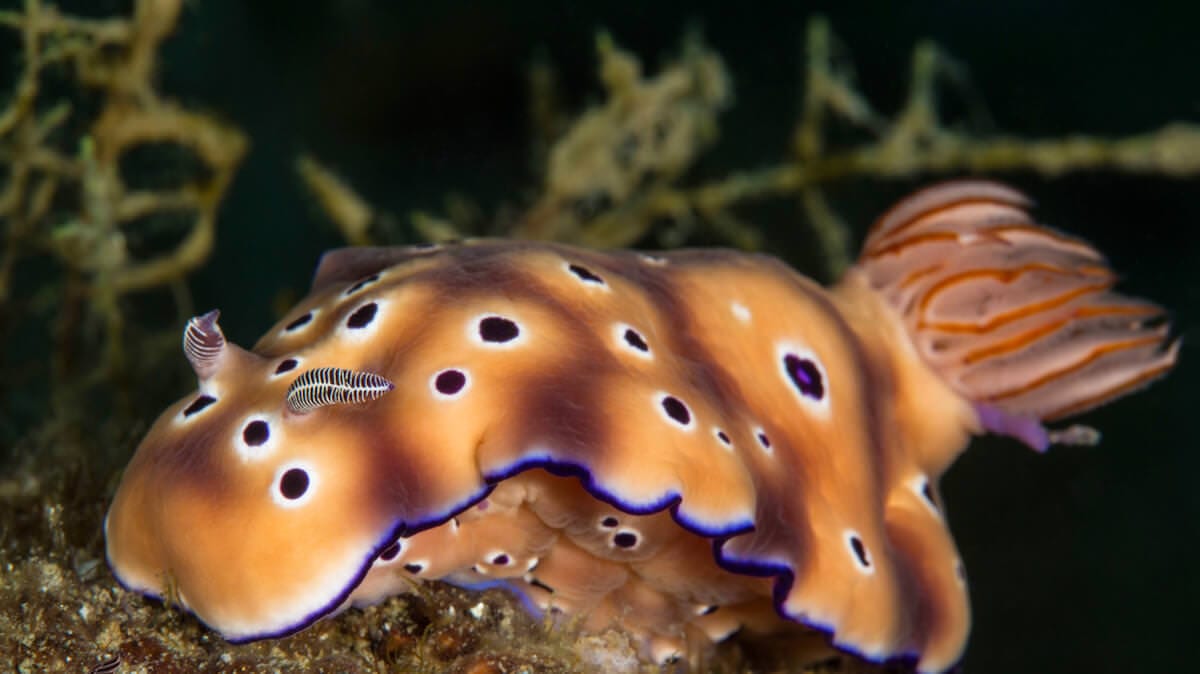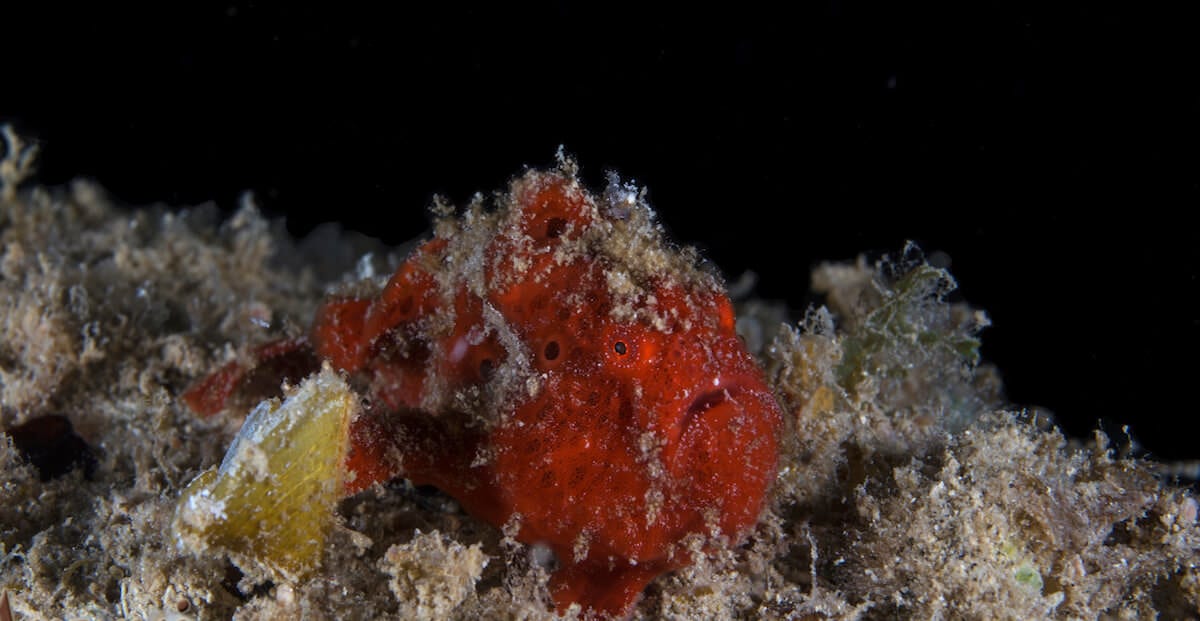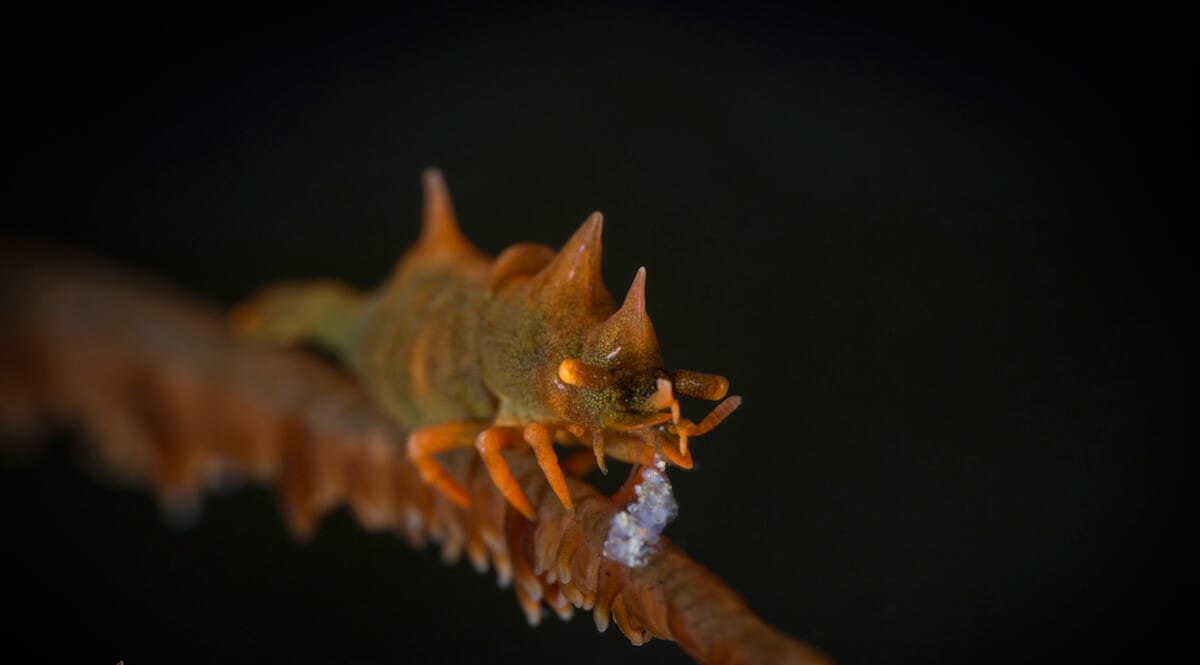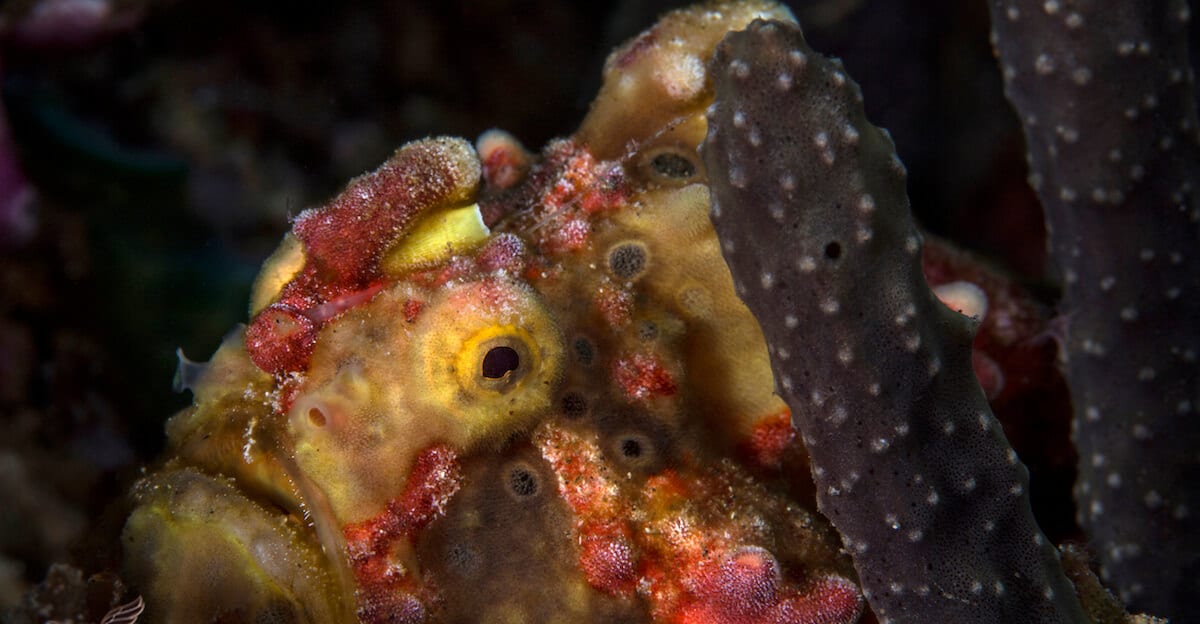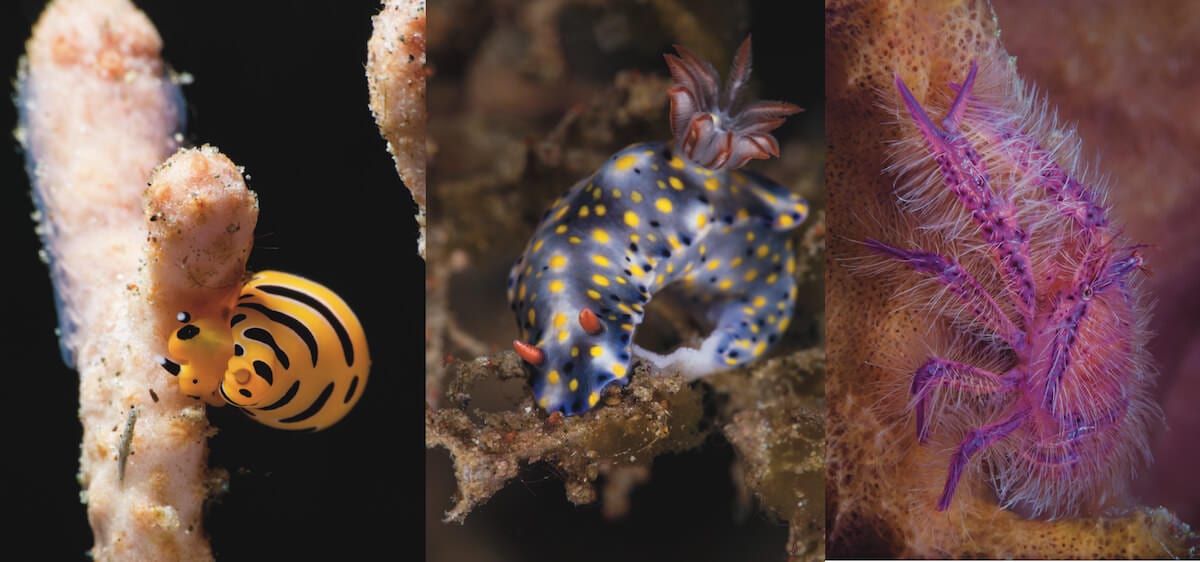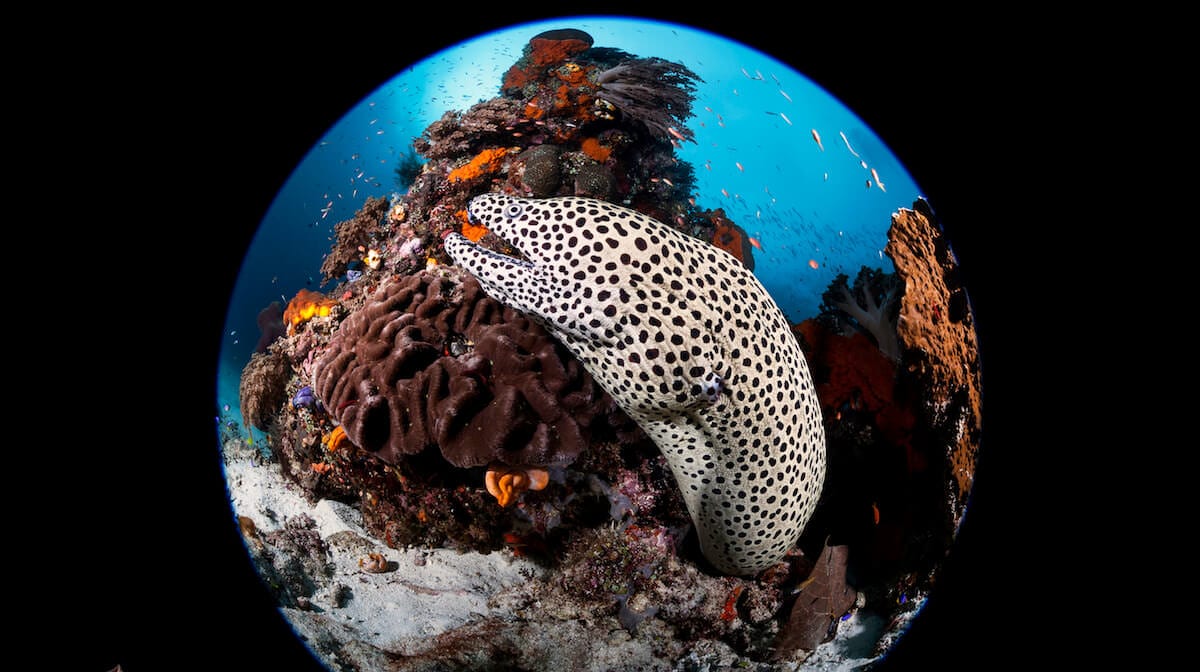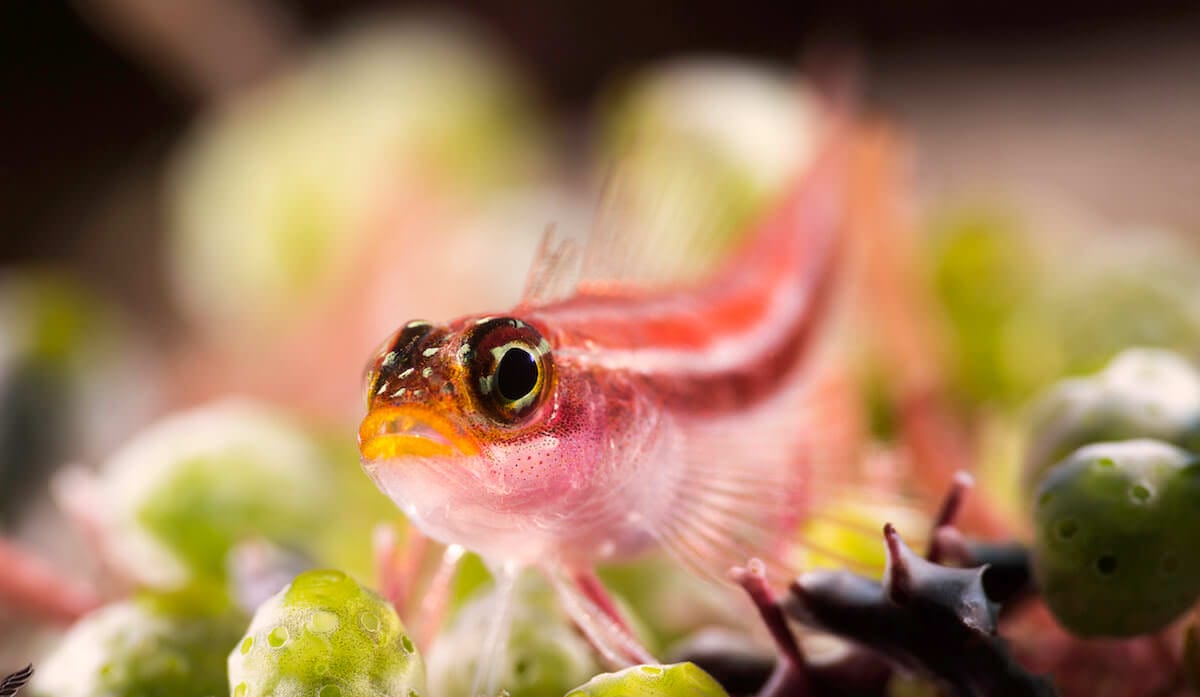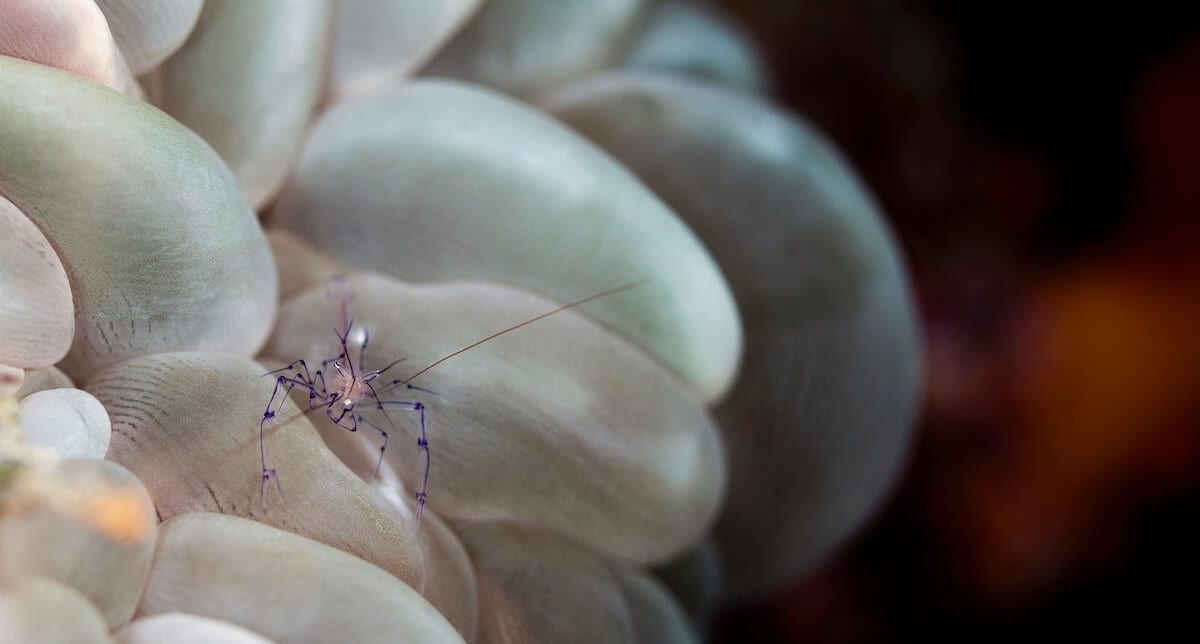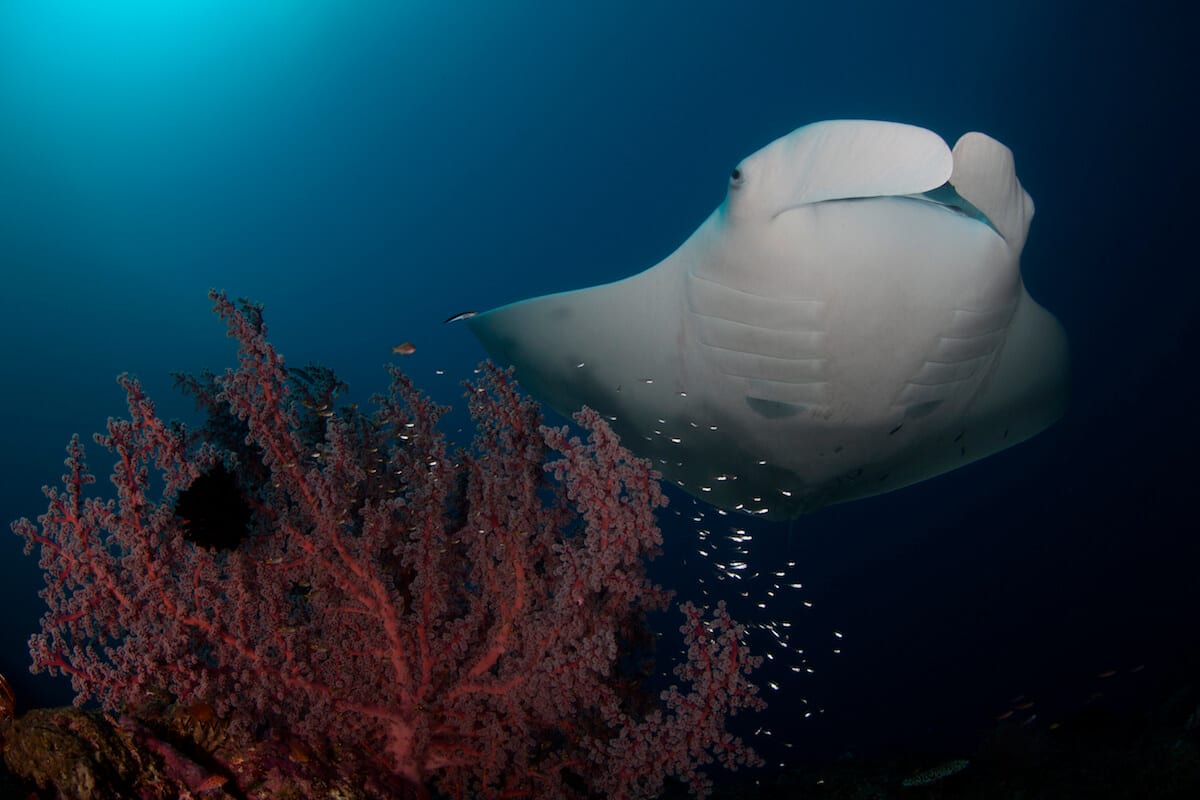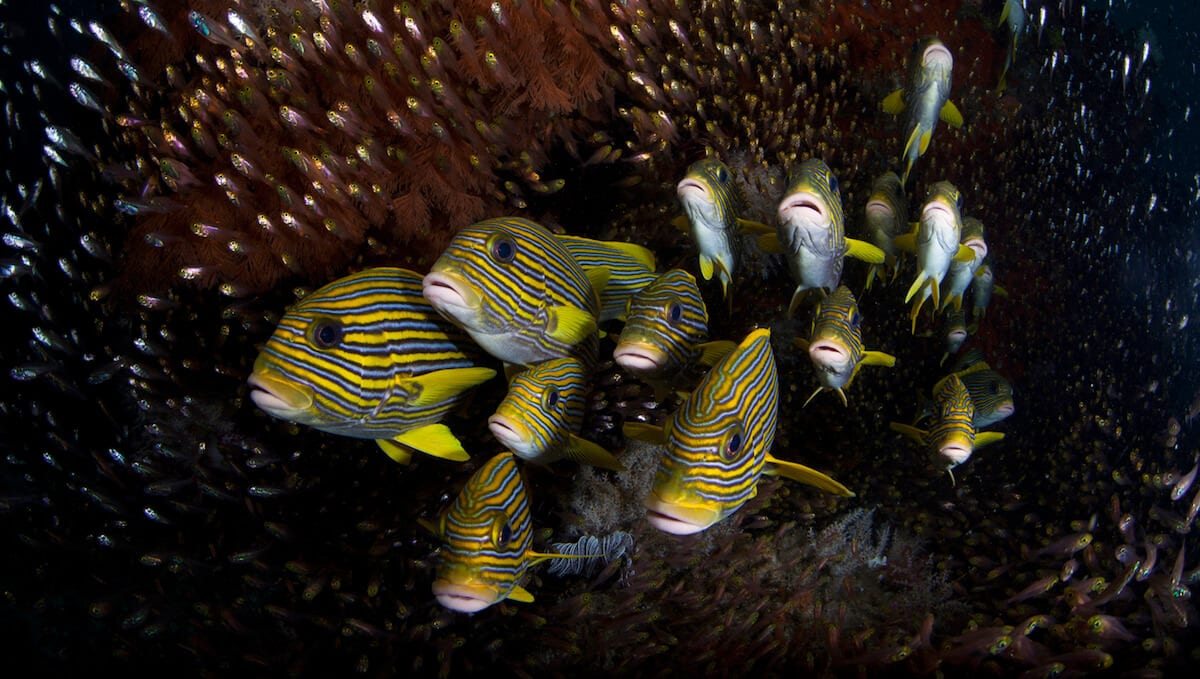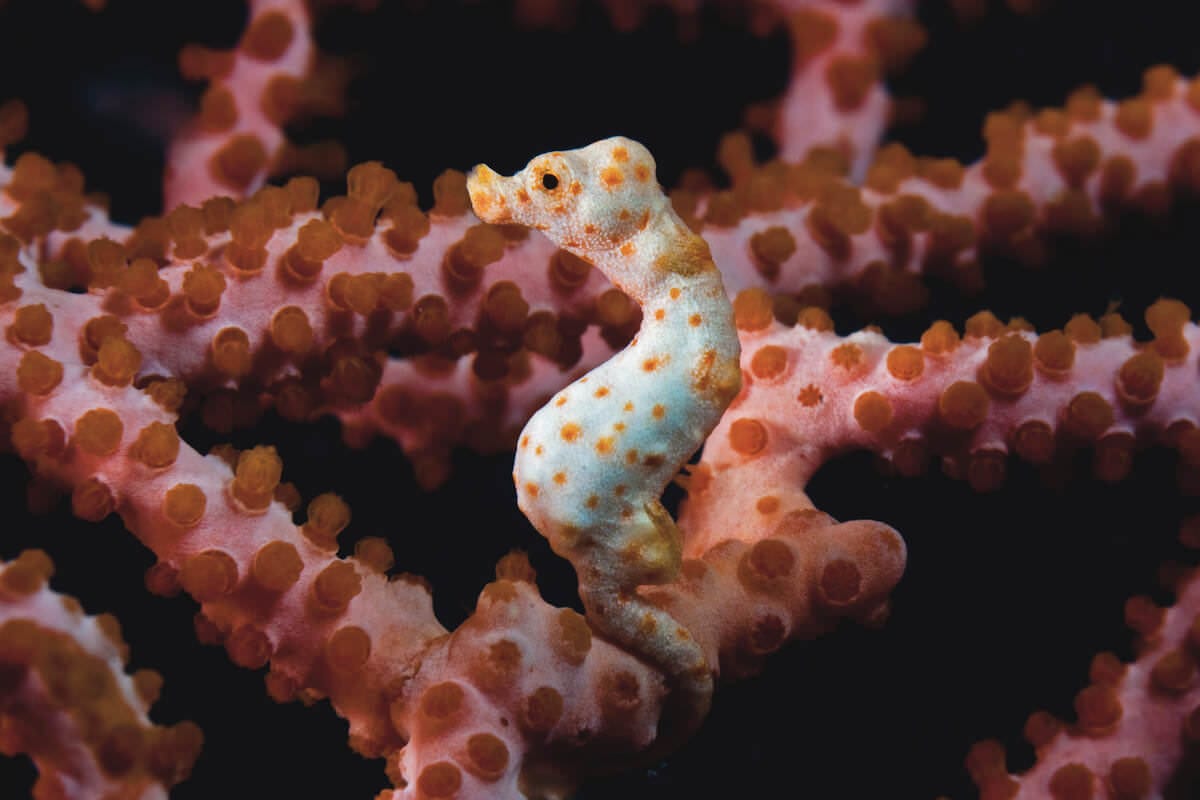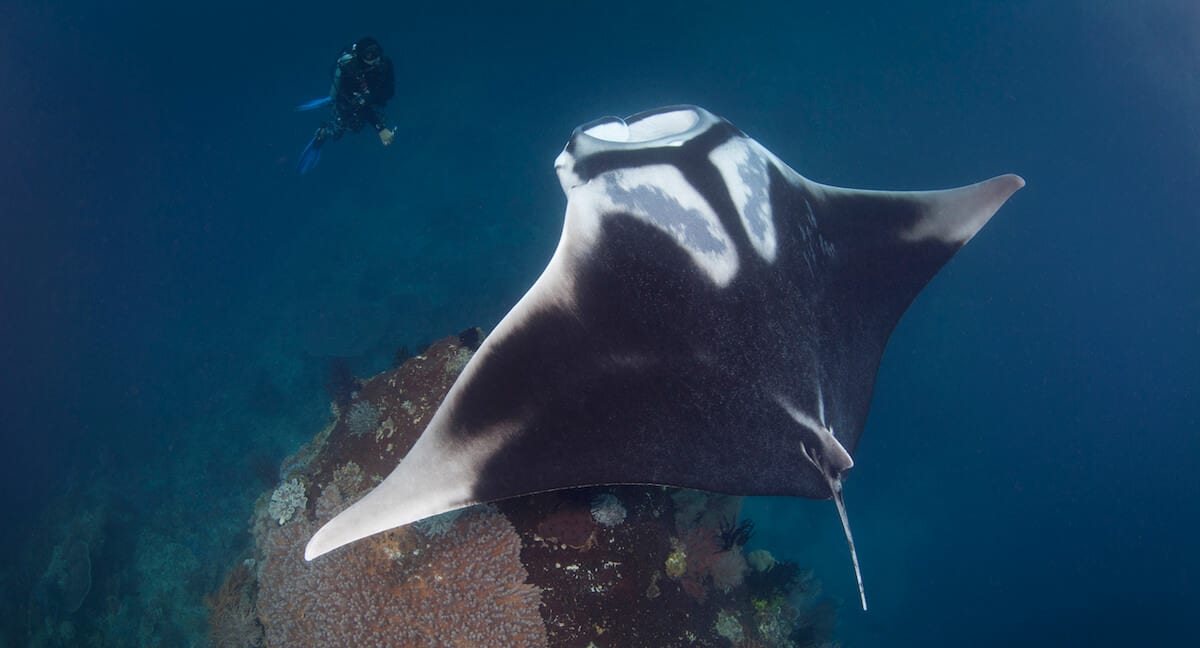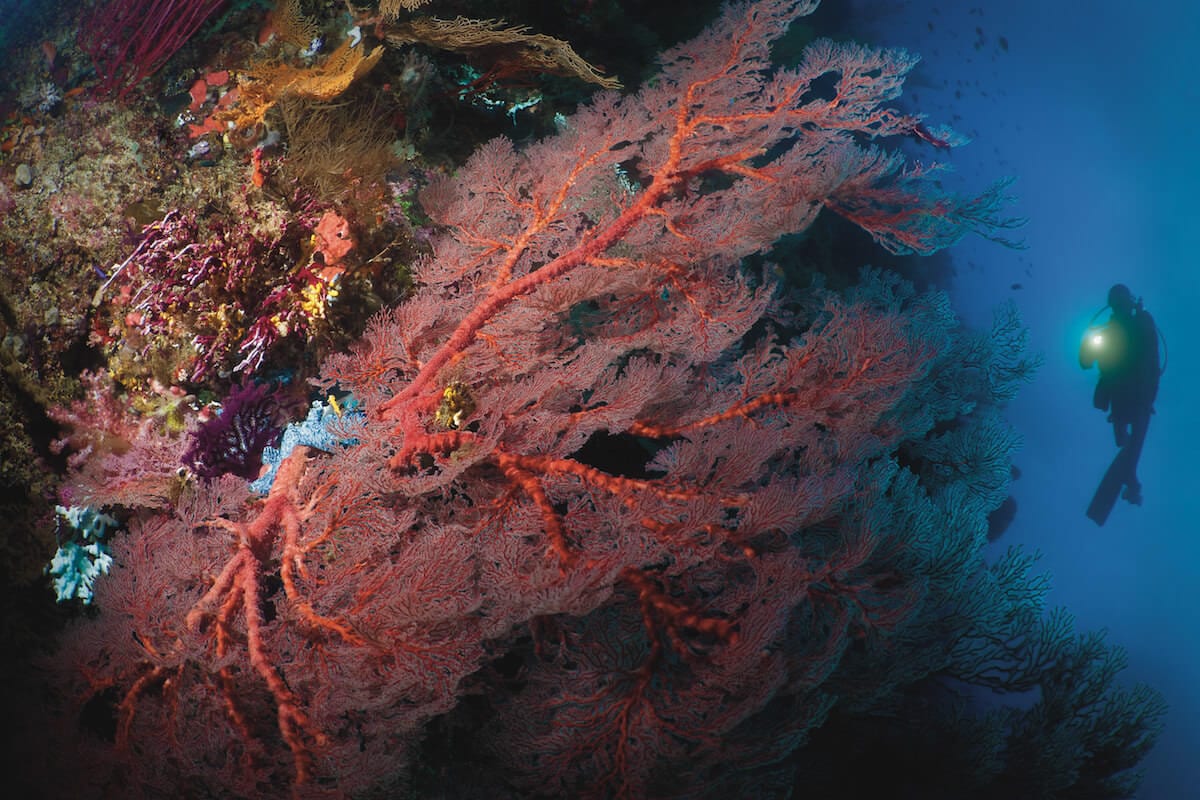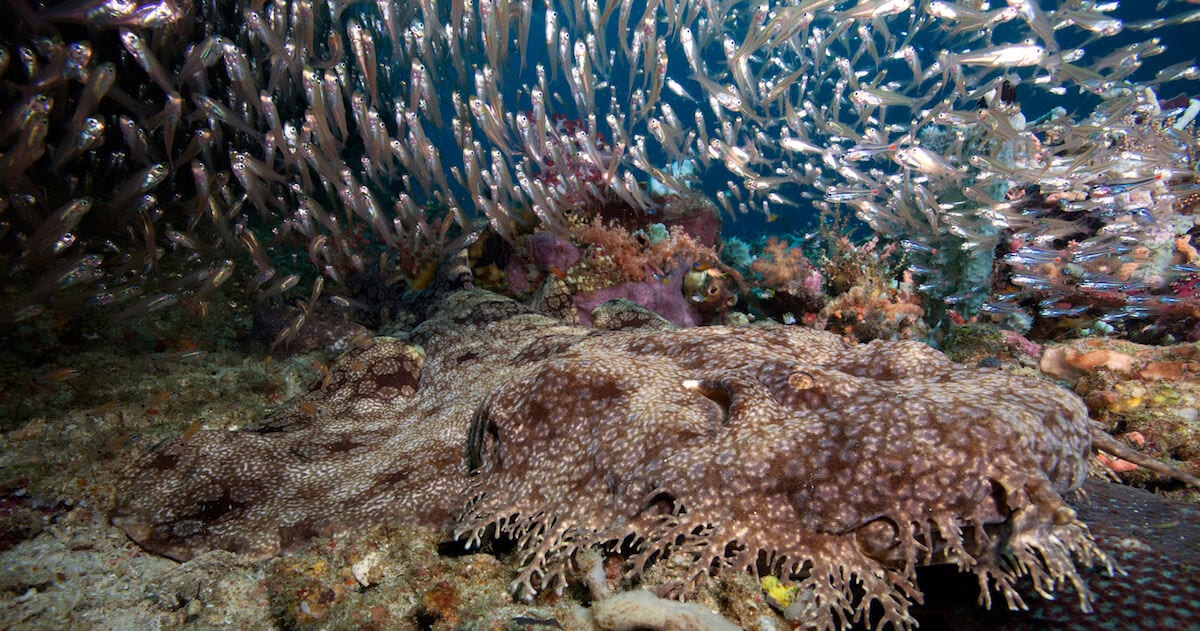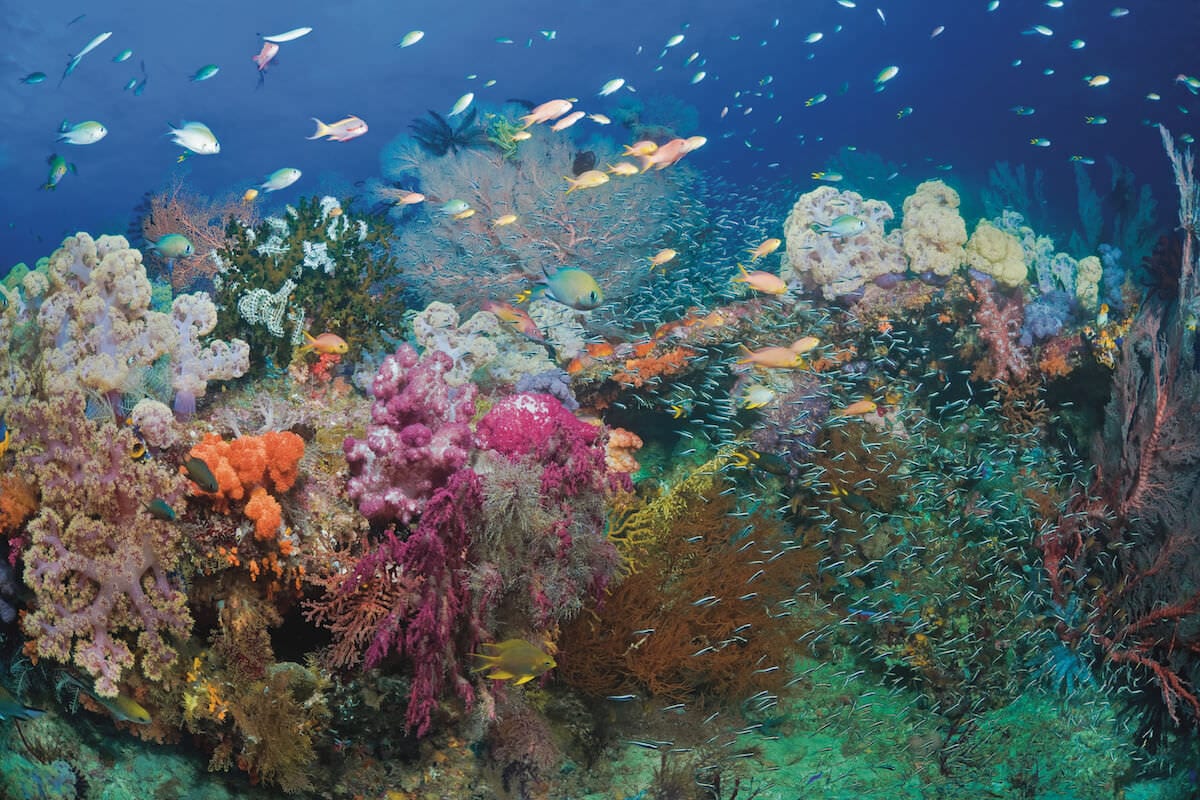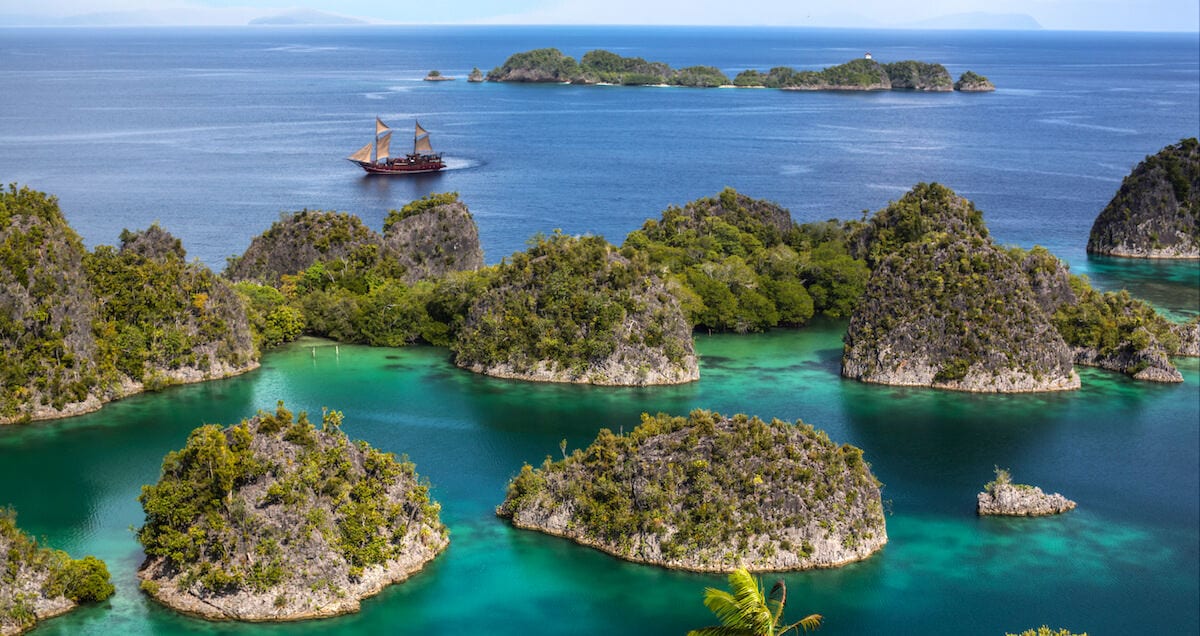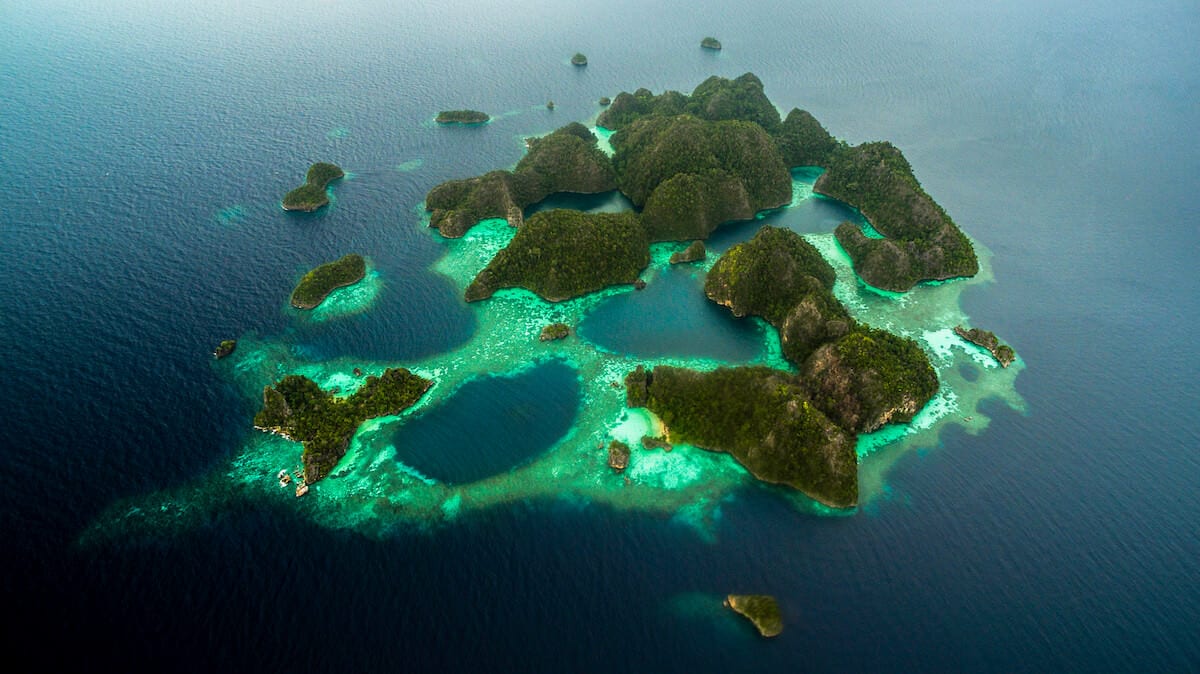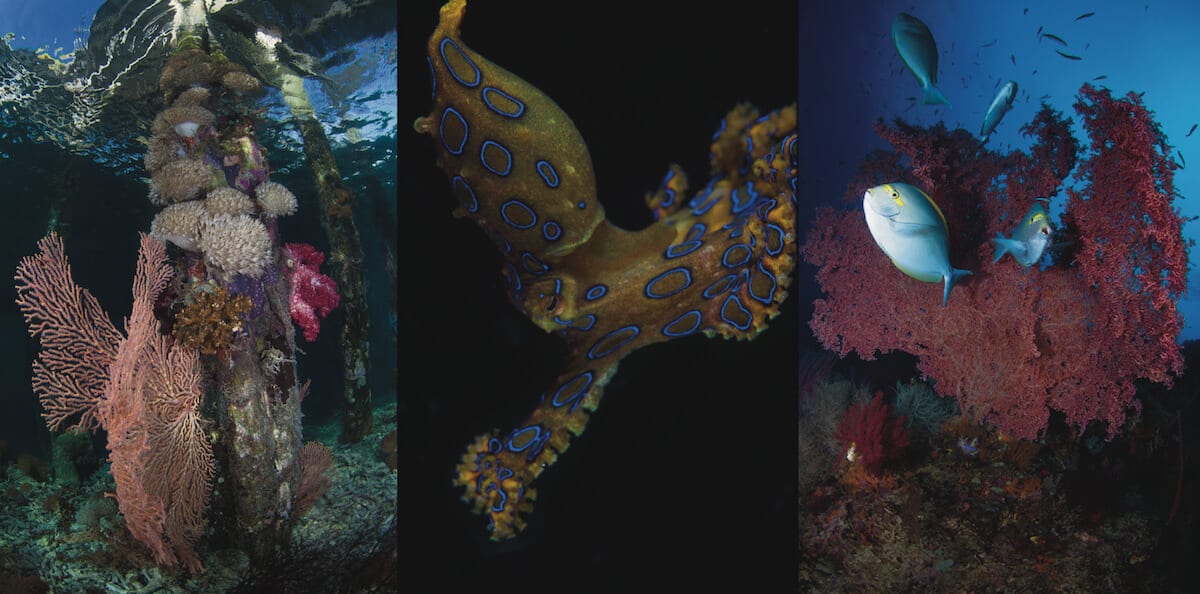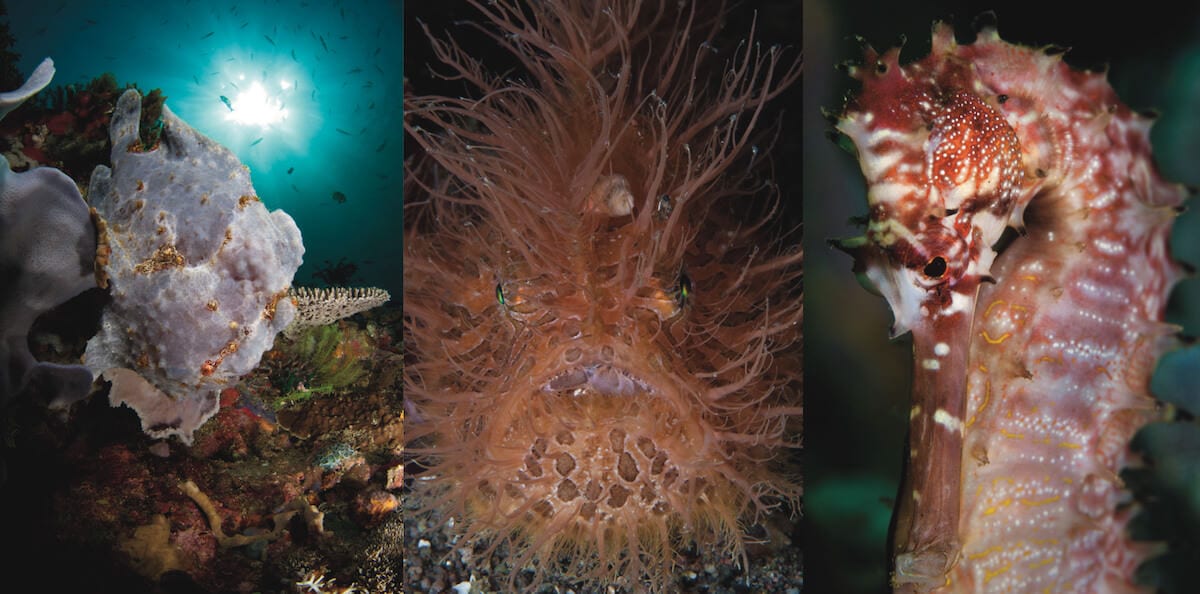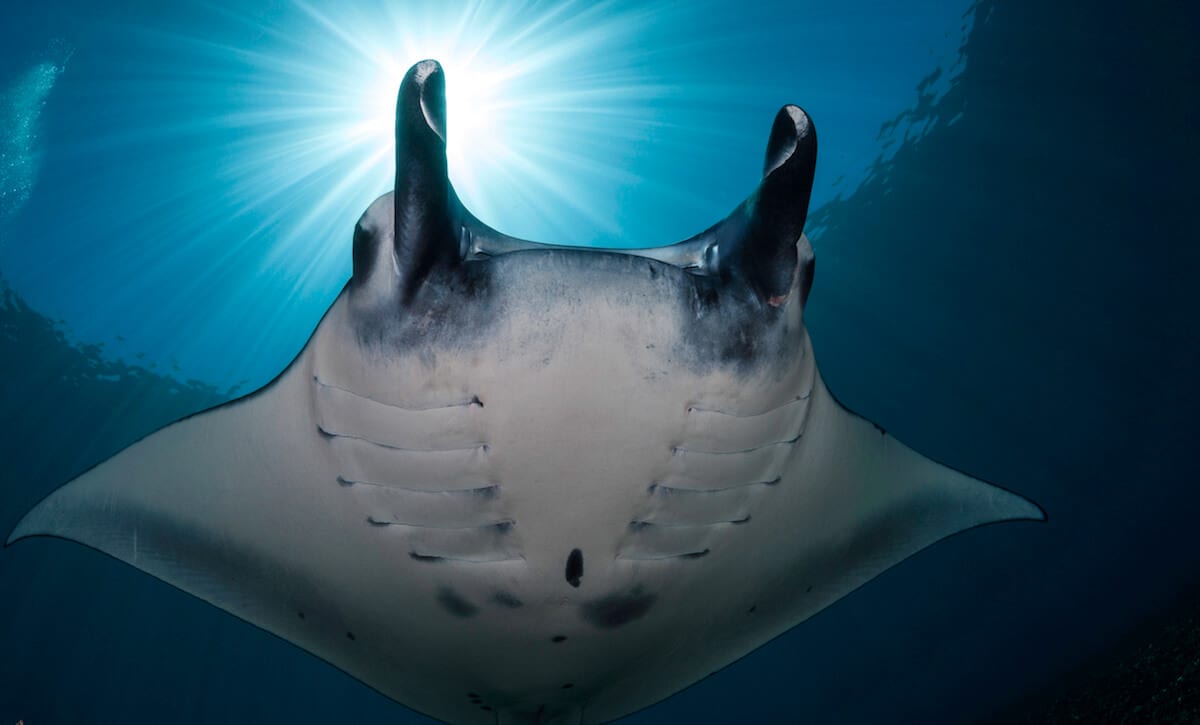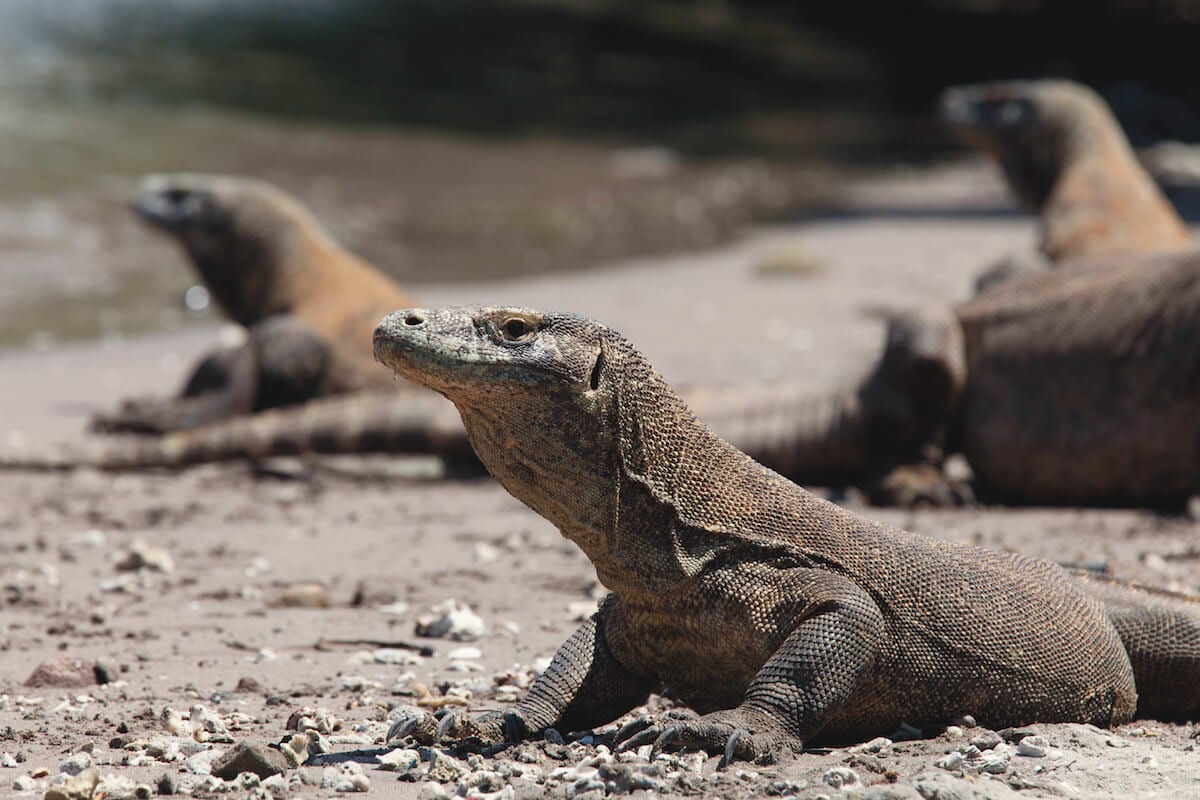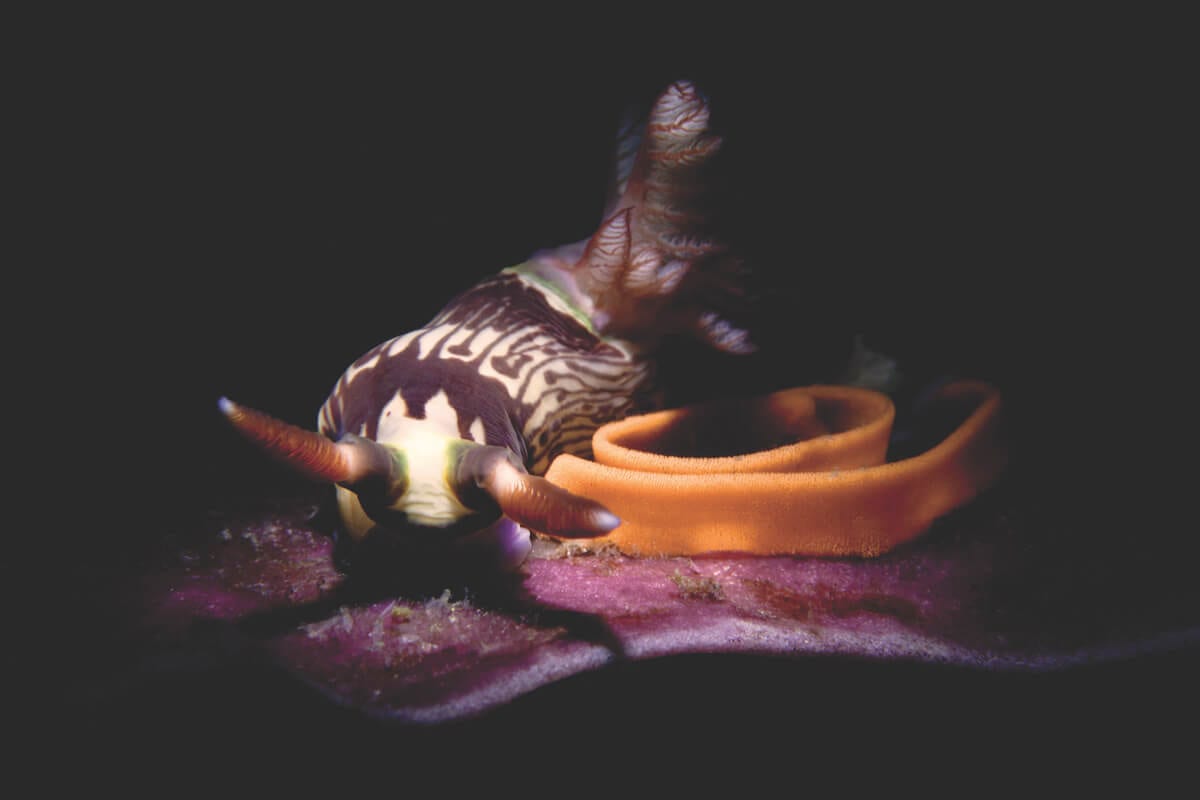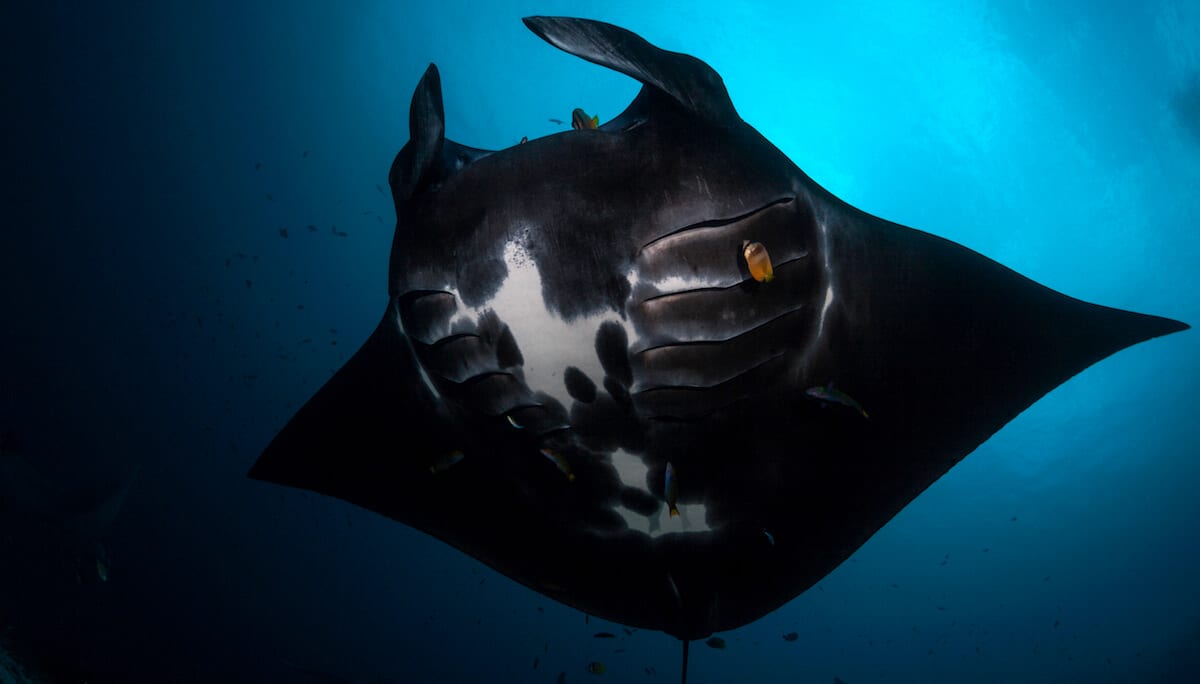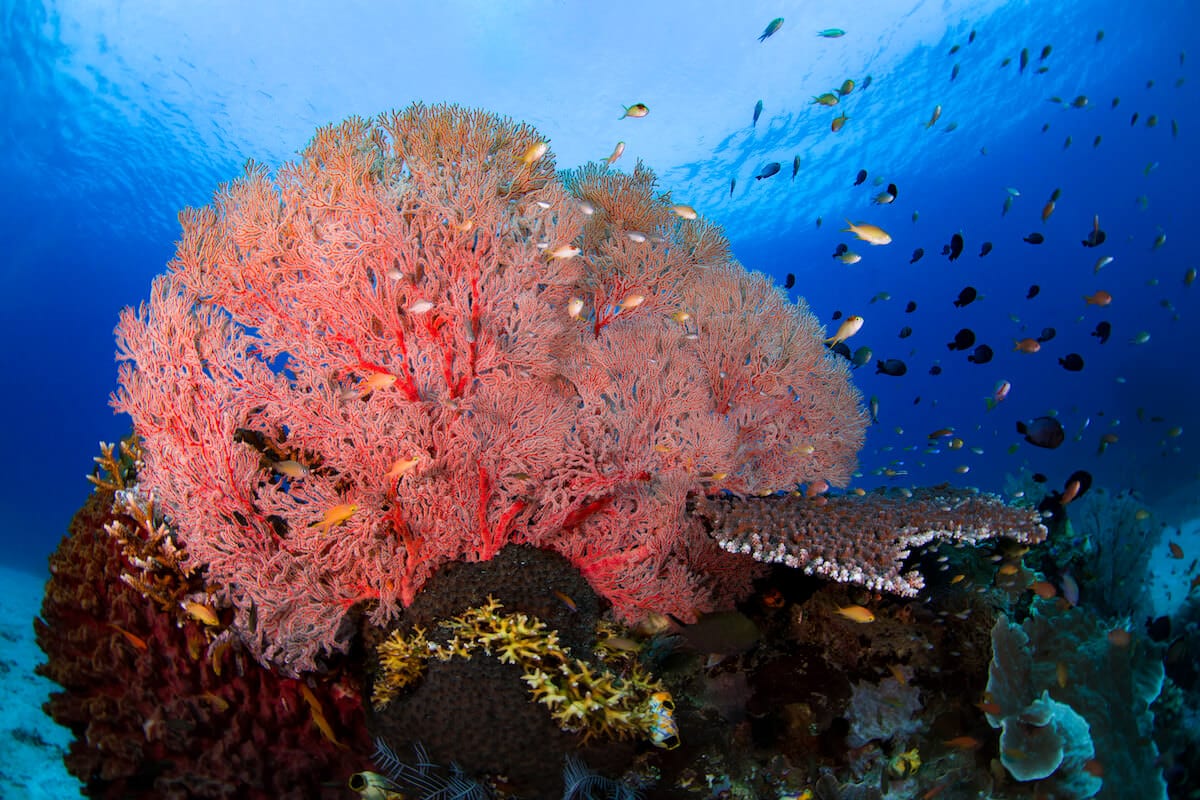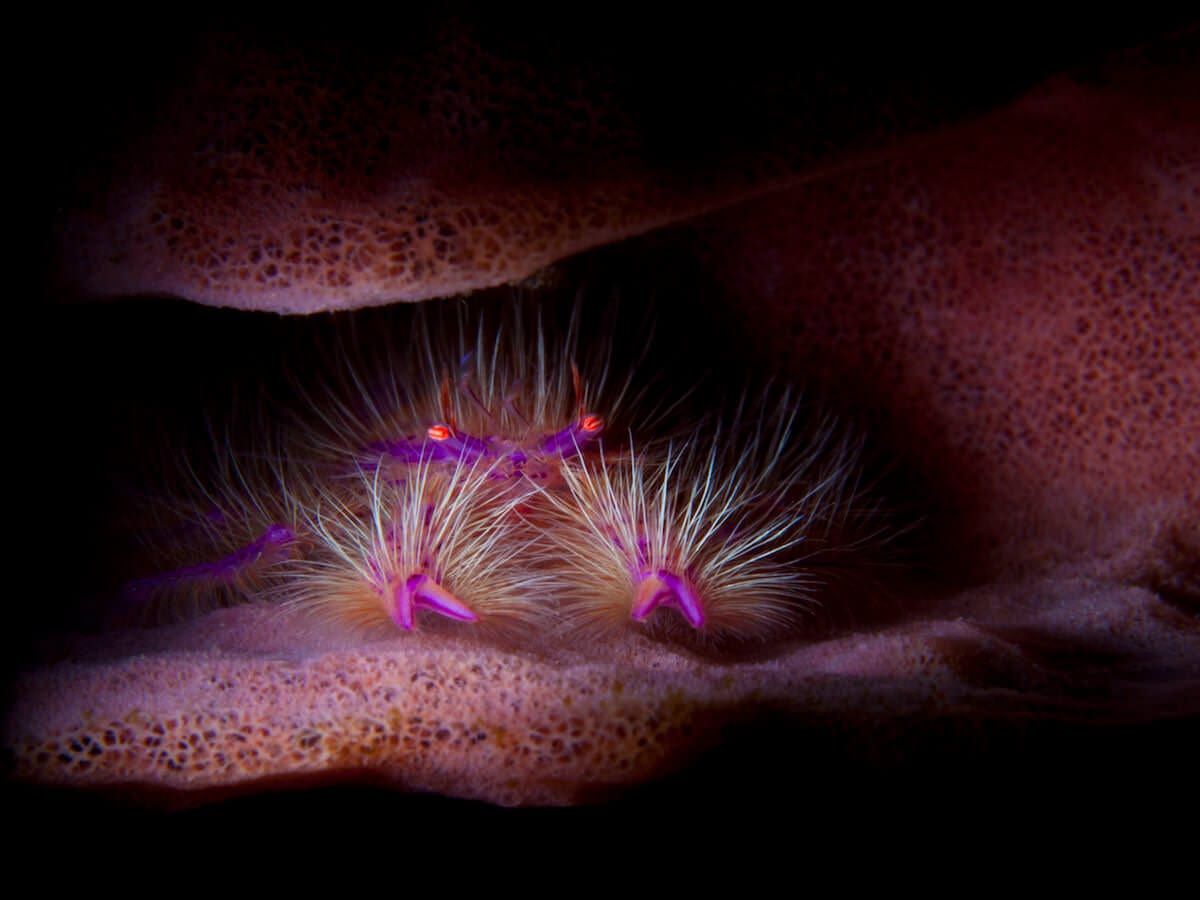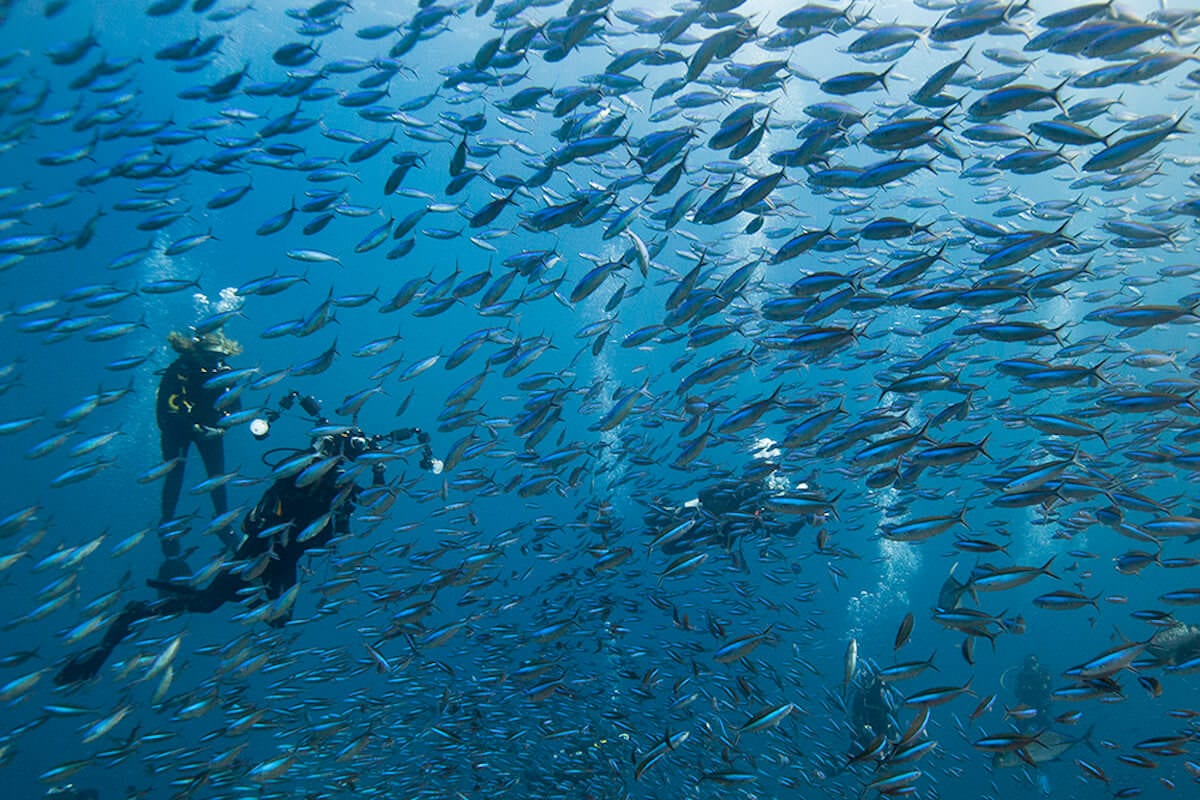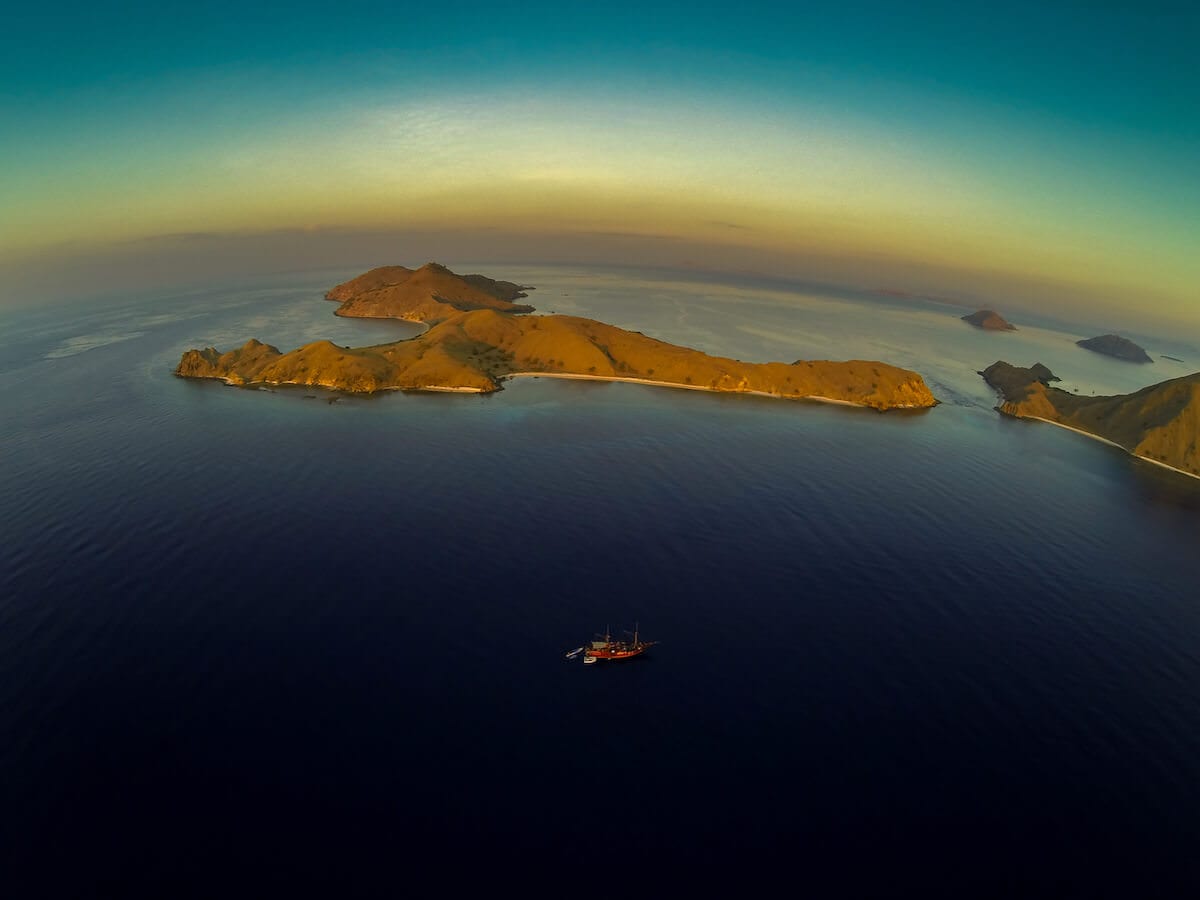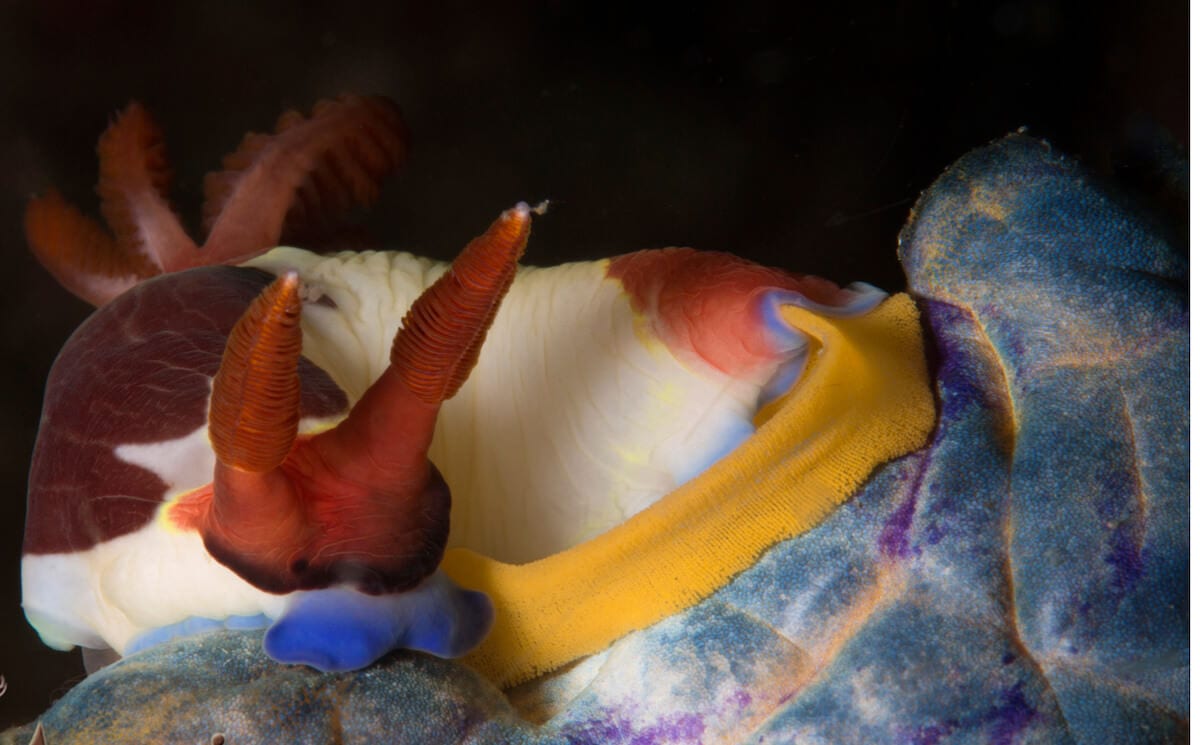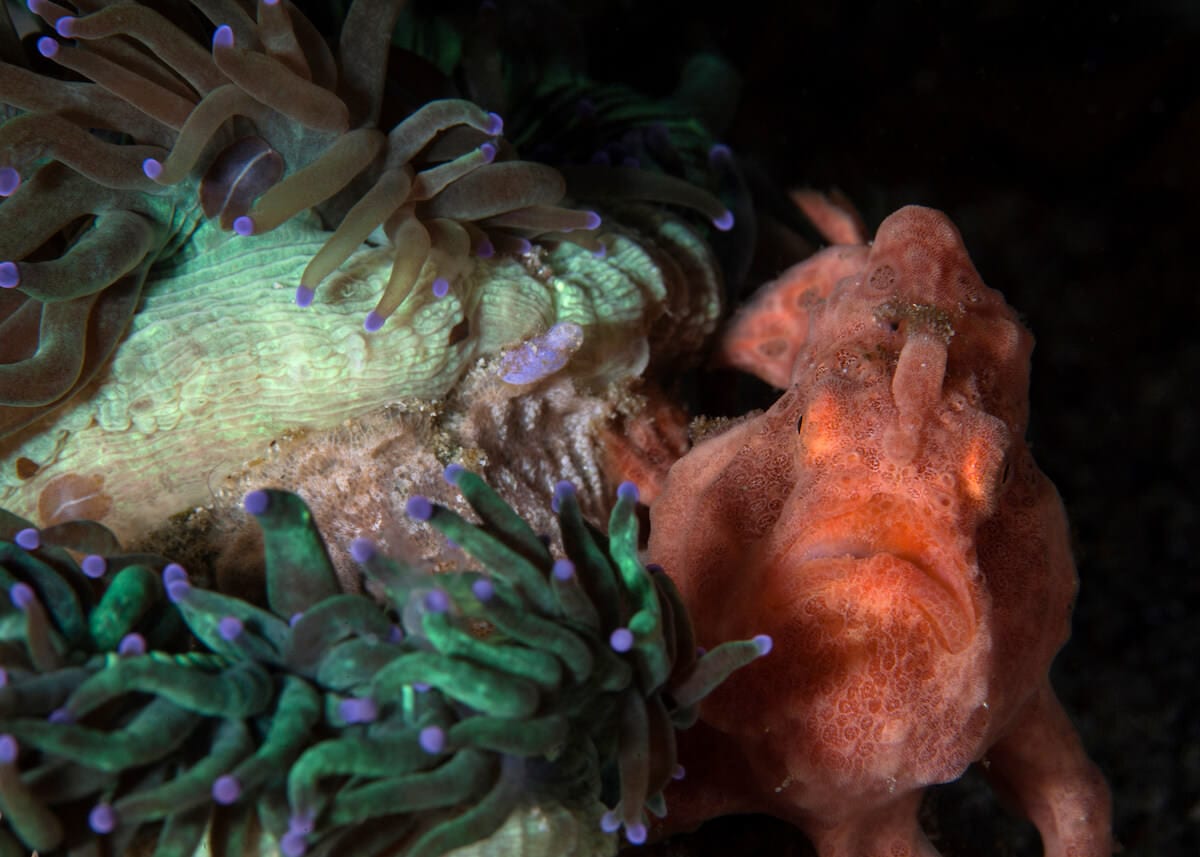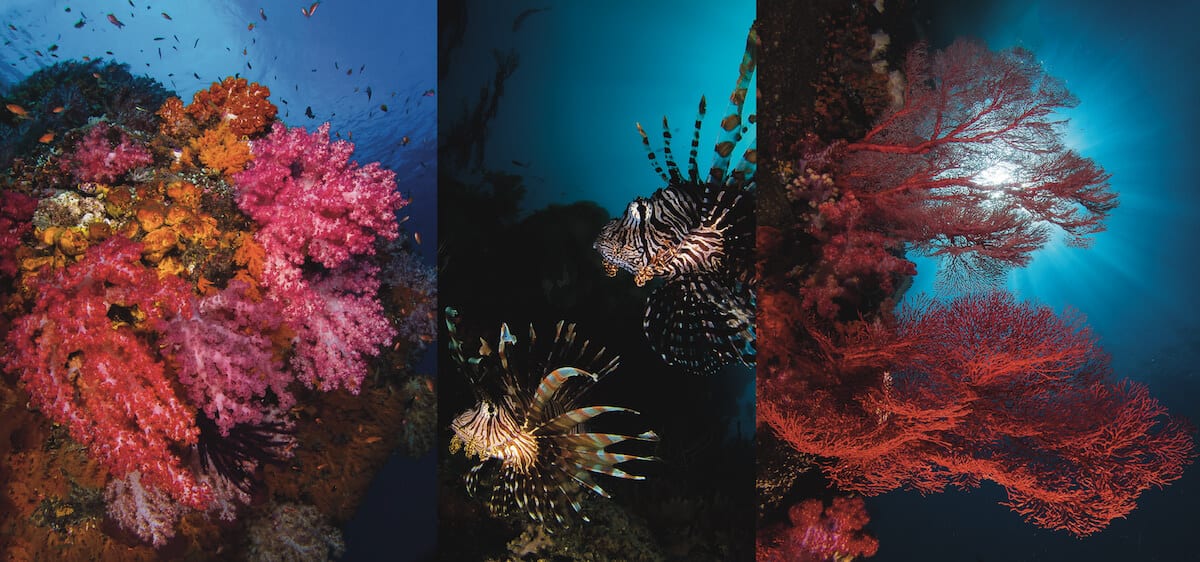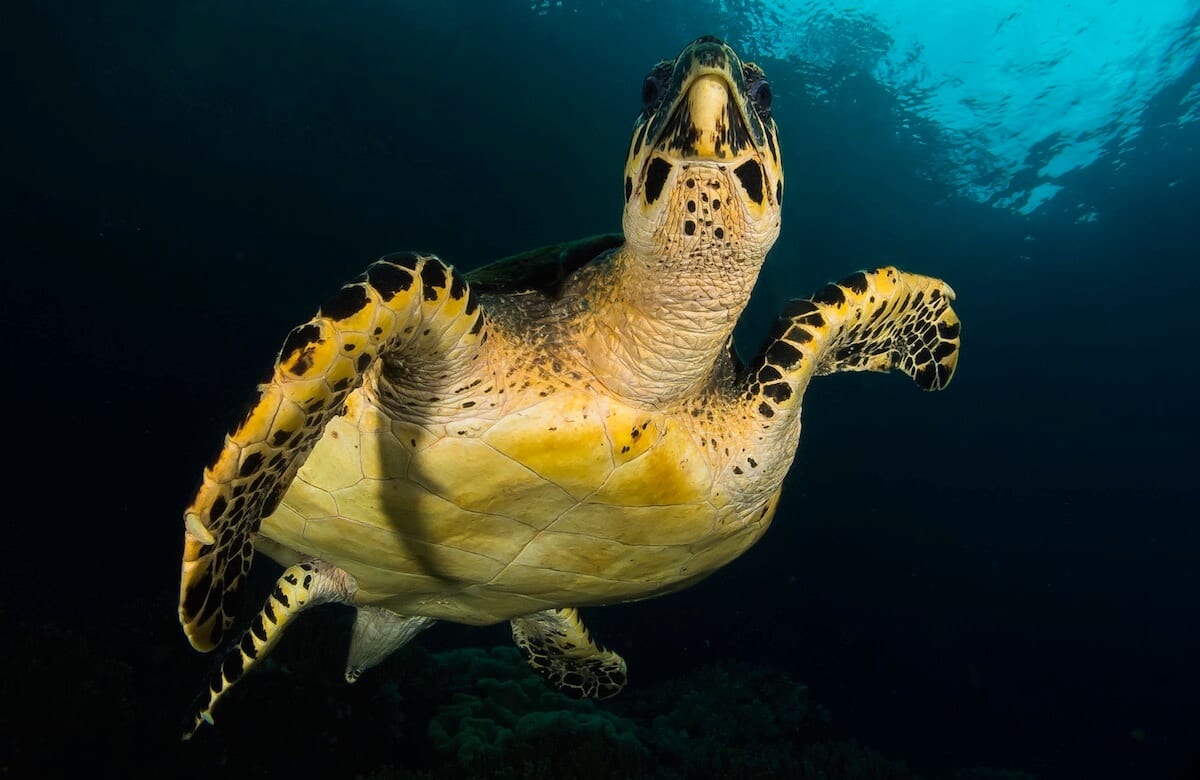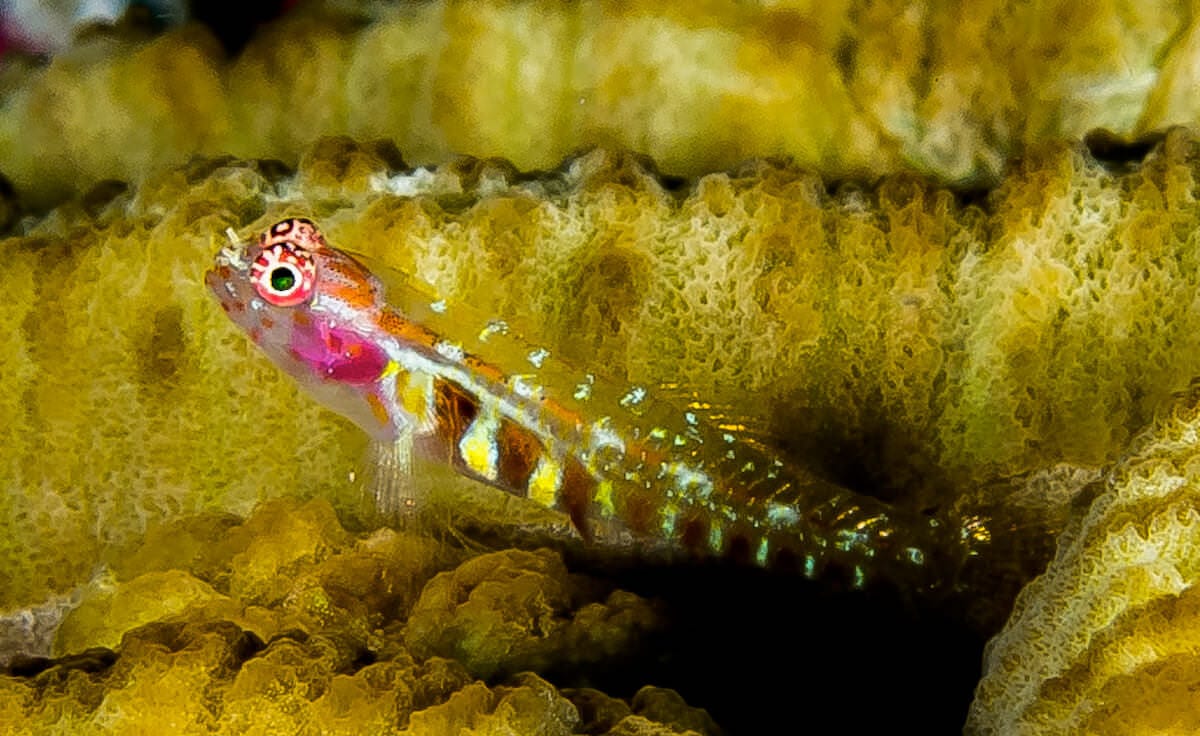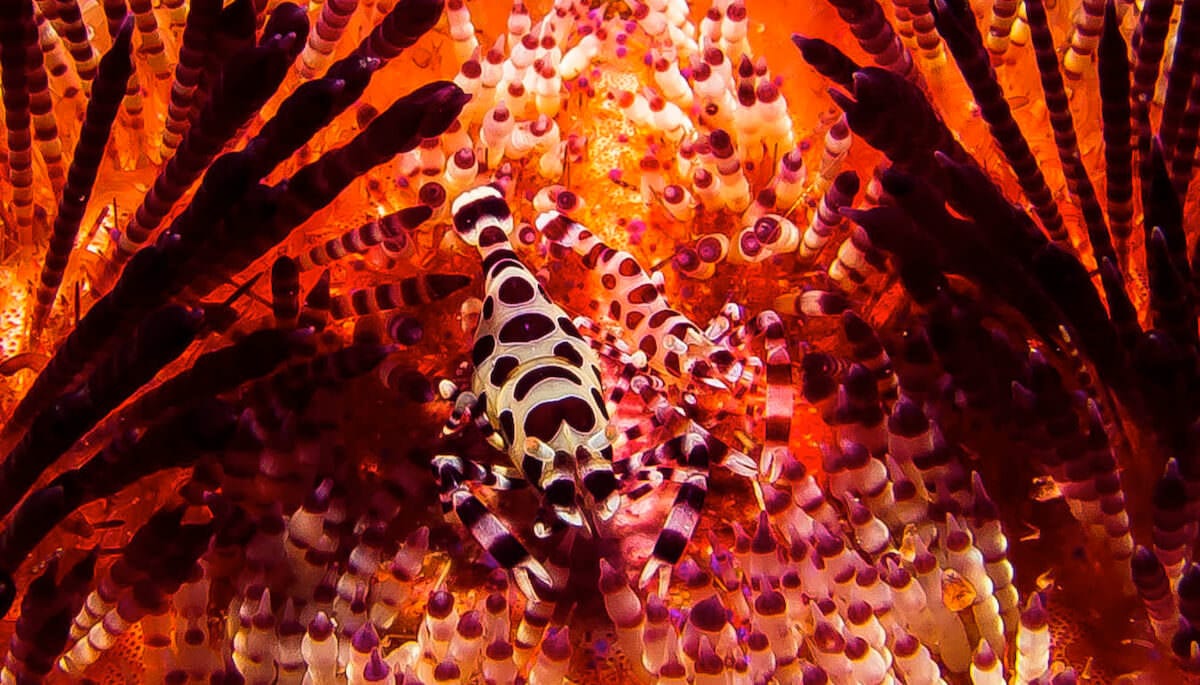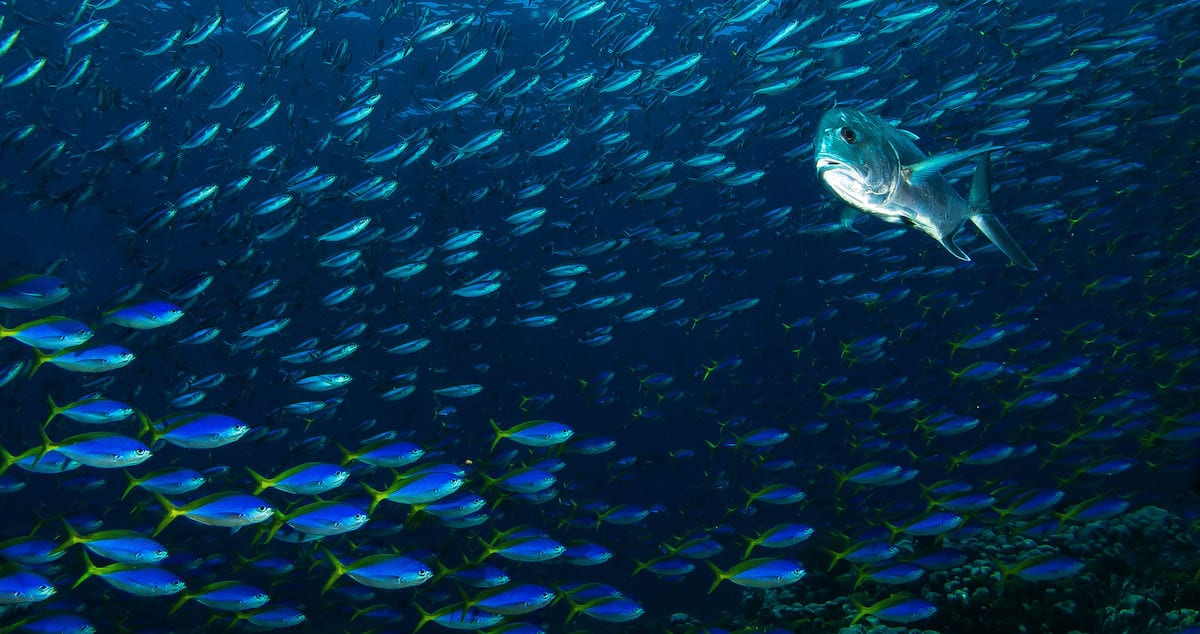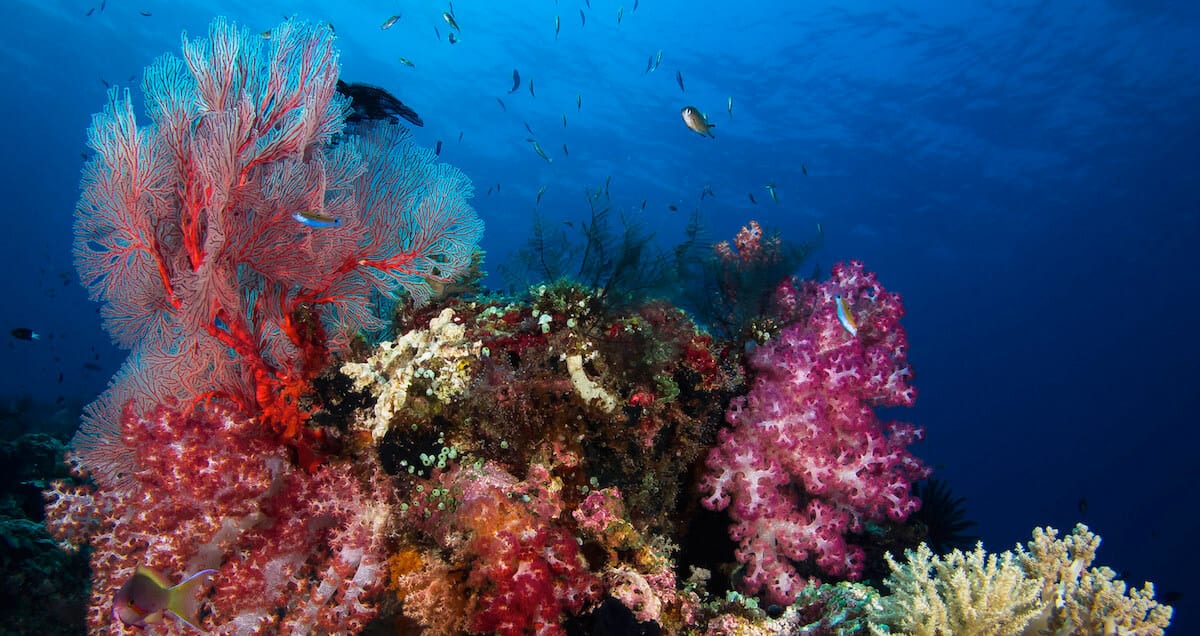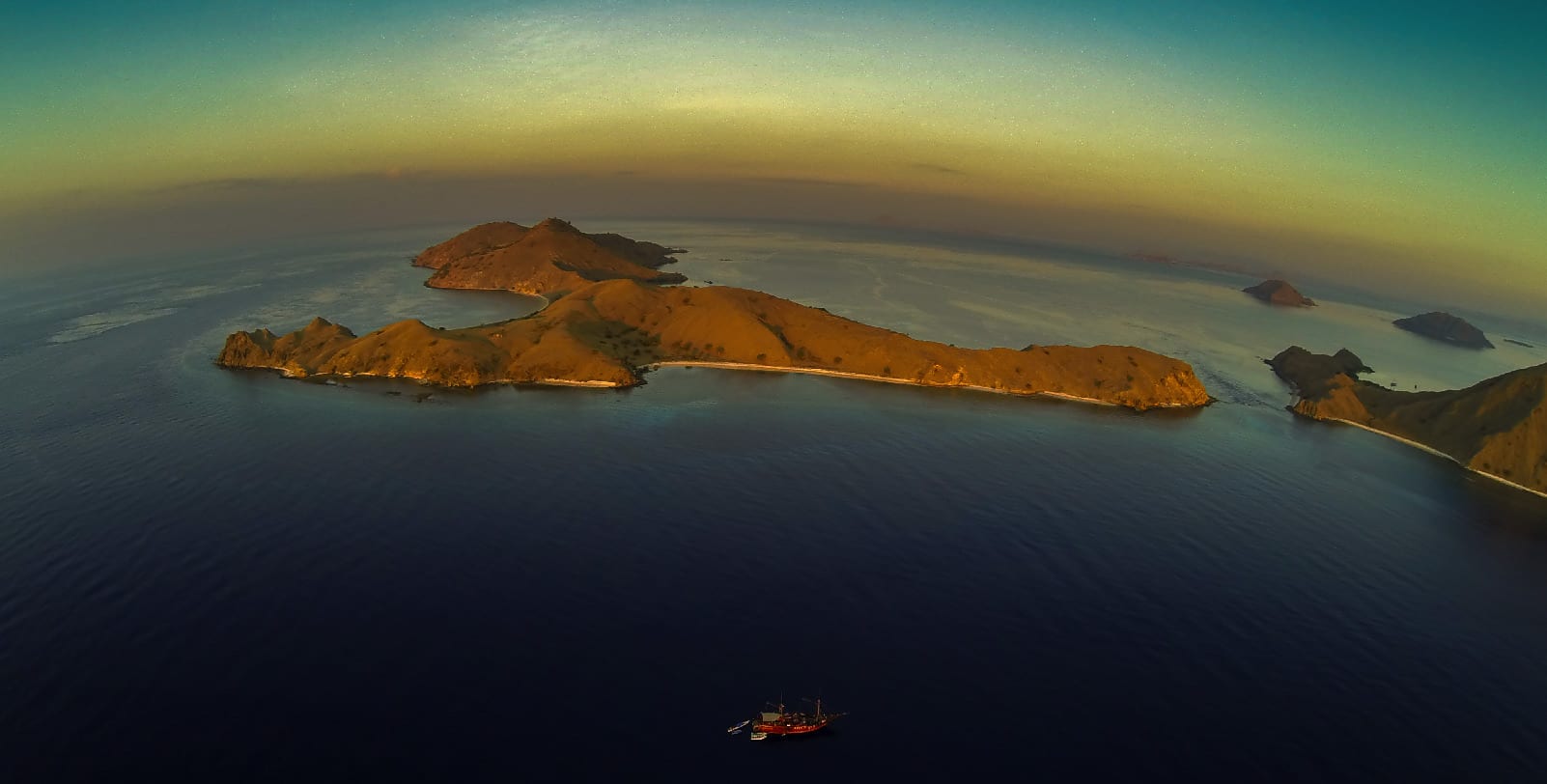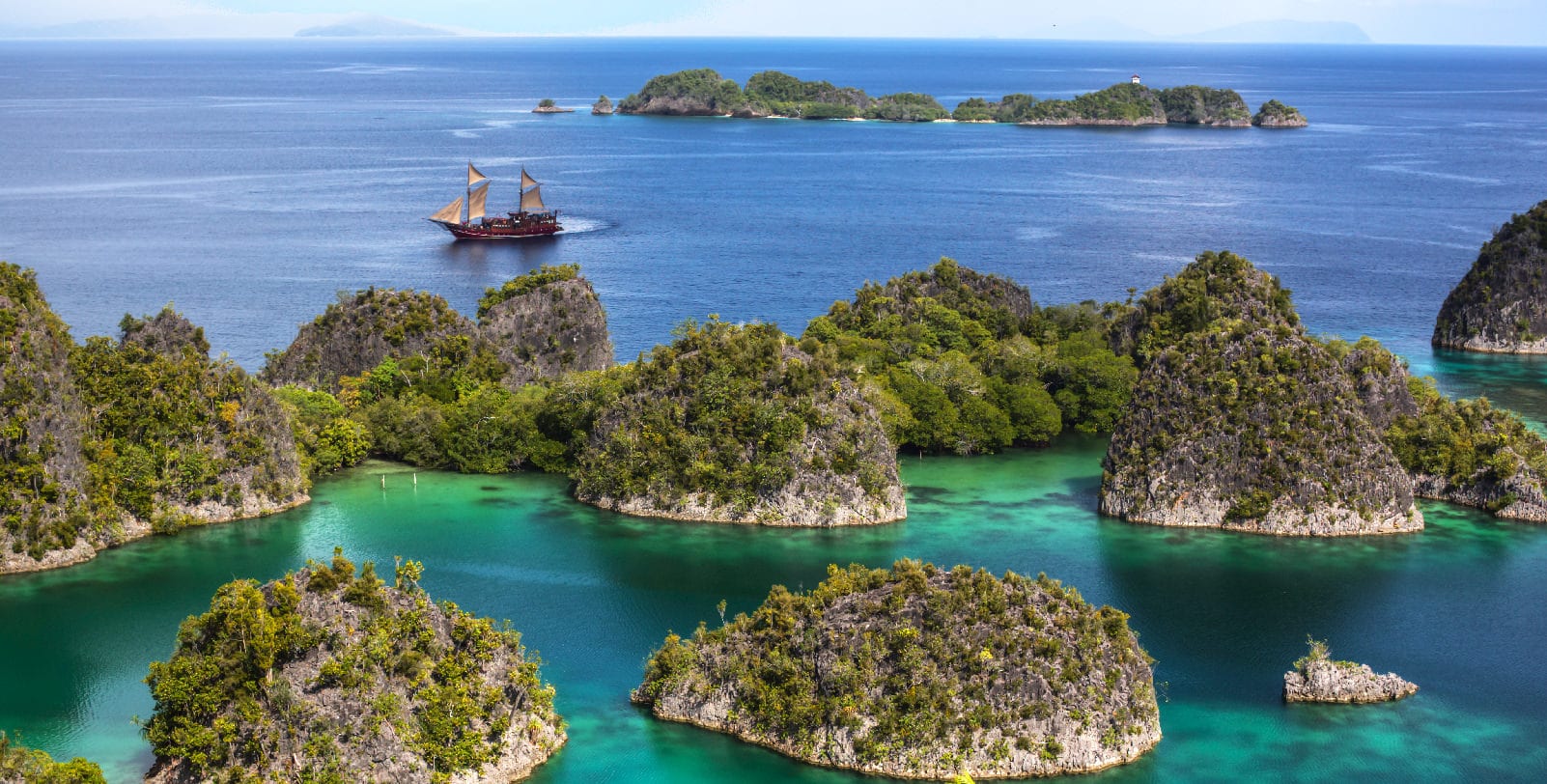I’m full of gratitude that I was able to experience this trip on the Arenui. One of the best trips of my life! Thank you very much!
DISCOVER KOMODO
WITH
ARENUI LIVEABOARD
Komodo' underwater world is synonymous with diversity.
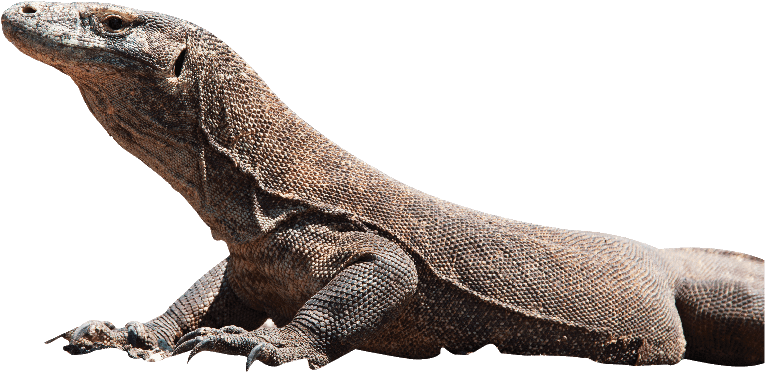
This region features an extremely rich biodiversity born of a land of contrasts: from warm waters and tropical species, to cooler currents with temperate ocean life. Offering such a diverse range of dive sites and special features, it’s no surprise the Komodo National Park was awarded ‘New 7 Wonder of Nature’ status in 2011.
For divers, Komodo is a great chance to enjoy all your favourite types of diving styles. Pack your log-book with everything from exhilarating drift dives, to treasure-hunting muck dives…. shallow reefs to deep water sea mounts …. coral gardens and fantastic wall dives to pinnacles and open ocean dives. Meet creatures great and small, from manta and mola to pygmies and nudis. All this, while sailing through a stunning island landscape.
This famous dive destination is located in the within the Coral Triangle, an area that boasts the world’s highest marine biodiversity. Situated 200 nautical miles east of Bali in Nusa Tenggara province – in the Lesser Sunda Islands – the Komodo National Park has a total land area of 75,000 hectares and encompasses a number of islands, the largest of which is Komodo (34,000 hectares). A total of 112,500 hectares of the surrounding waters is also under the jurisdiction of the park rangers, allowing for the protection of over 1,000 species of fish and hundreds of different corals.
Komodo’s dive sites stretch from the warm waters of the Flores Sea in the north to the chillier waters down south in the Indian Ocean. The underwater terrain presents many contrasts, with sheer cliff walls, pinnacles, sandy flat bottoms, underwater plateaus, slopes, caves, swim-throughs and channels – all with differing colours, sizes and types of both hard and soft corals.
As an example of how Komodo truly represents diving diversity, 2 popular dive sites at Gili Lawa Laut – Crystal Rock and Castle Rock – offer opportunities for critter spotting, as well as big fish action. In fact, Castle Rock offers a nice opportunity to try out a ‘reef-hook’ dive, as you secure yourself to the rock and float in the current, watching the schooling fish and predator/prey action!
Dive at other famous sites such as Cannibal Rock, Manta Alley, Yellow Wall, Angel Reef, Torpedo Alley, Pink Beach, Unusual Suspects, Crinoid Canyon and Gazer Beach. Visit the very best that Komodo has to offer, from Pulau Moyo, Pulau Banta and Bima Bay, to Pulau Satonda and Pulau Sangean.
In Moyo, you’ll find spectacular corals and crystal clear waters. Banta is famed for its stunning wall dives and drop-offs, with beautiful corals covering the walls like an Andy Warhol painting. Bima Bay offers world-class muck diving with black coral covered reefs. Satonda is famous above the water for its fruit bats (which take off every sunset for a nights feeding) and below the waves for its sheltered bays and remarkable critters. Try something unique at Sangeang Island as we dive in the shadow of an active volcano, feeling the hot springs bubbling up under the black sand.
Experience for yourself why this destination has been rated one of the world’s greatest diving areas. You may be familiar with photos of the area, both topside and underwater, but nothing compares to experiencing this fascinating destination in person!
Although there is diving year-round in Komodo, the best period is considered to be April through November. Currents in parts of Komodo can be quite strong – so we dive according to the tides – but with so many great sites to choose from we can always adapt the schedule for the best diving.
KOMODO - USEFUL INFORMATION
UPCOMING KOMODO AVAILABLE CRUISES
(per person)
27 May 2026
BALI
21 Sep 2027
LABUANBAJO
30 Sep 2029
MAUMERE
06 Sep 2029
BIMA
22 Jul 2029
LABUANBAJO
27 Aug 2029
LABUANBAJO
18 Aug 2029
LABUANBAJO
09 Aug 2029
LABUANBAJO
31 Jul 2029
LABUANBAJO
24 Sep 2030
ALOR
27 May 2030
LABUANBAJO
16 Jul 2030
LABUANBAJO
19 Aug 2030
LABUANBAJO
29 Jul 2030
MAUMERE
06 Oct 2031
ALOR
31 May 2031
BALI
21 May 2031
LABUANBAJO
12 May 2031
LABUANBAJO
